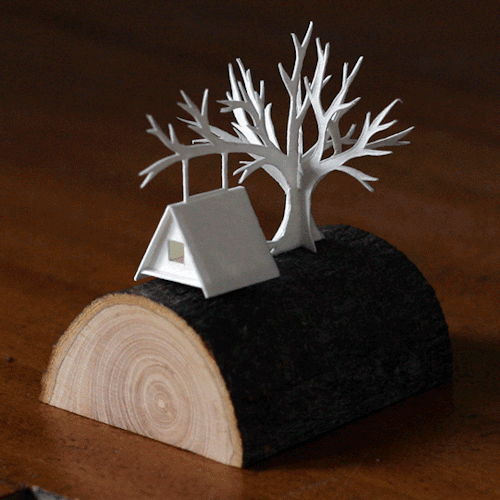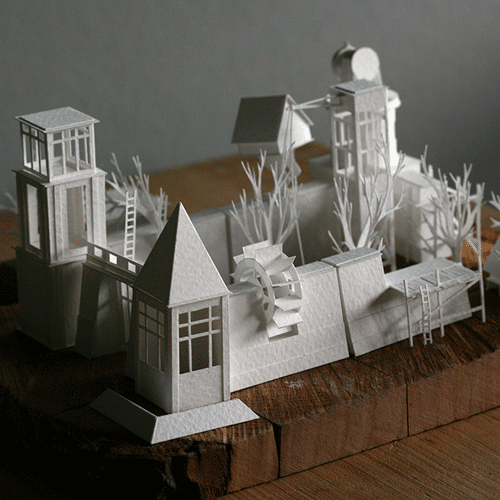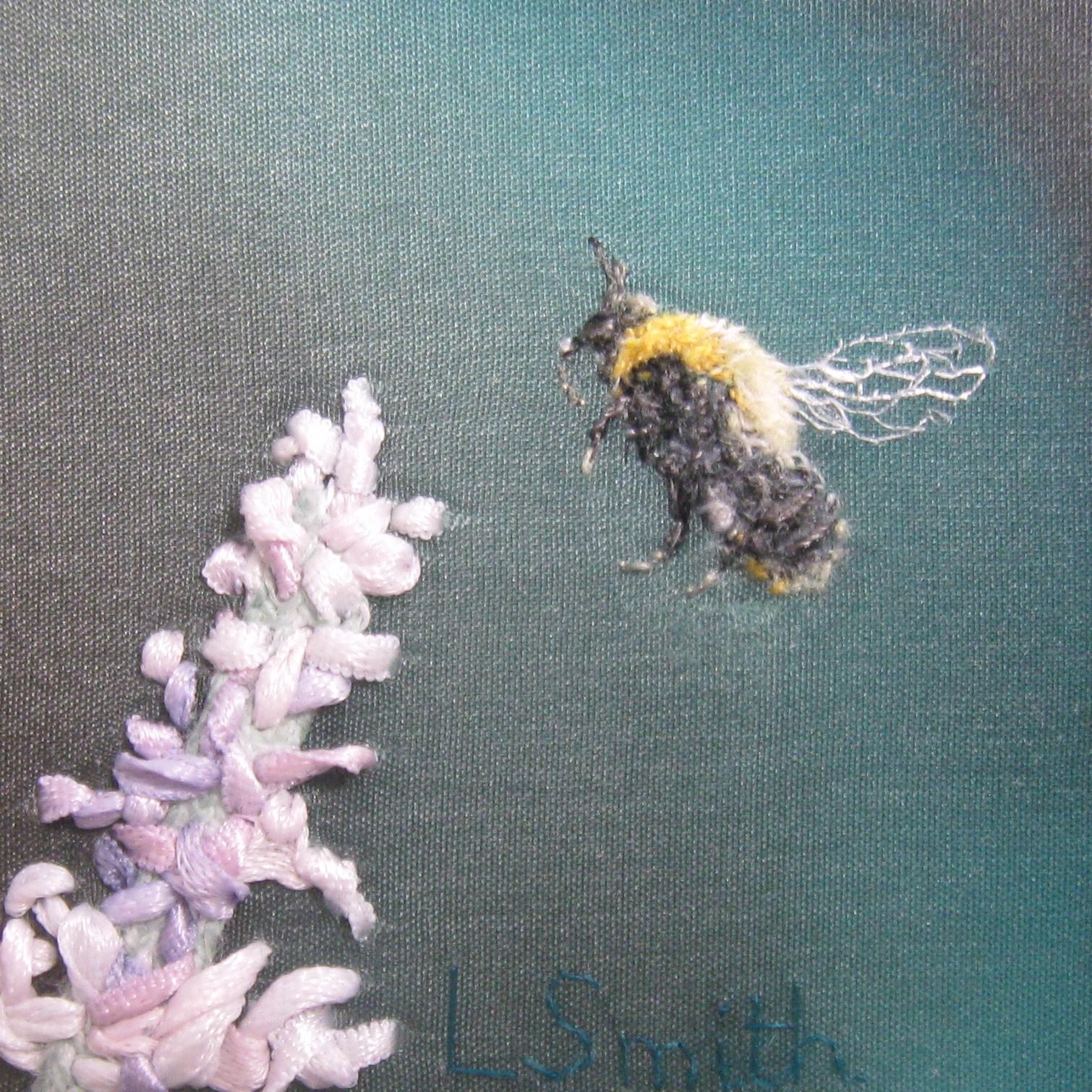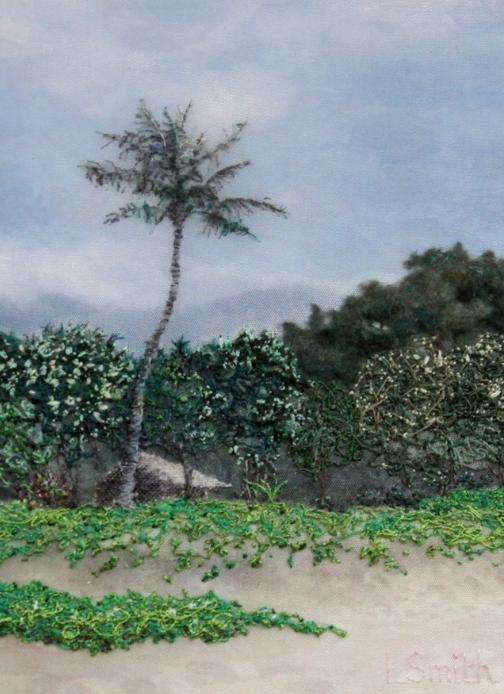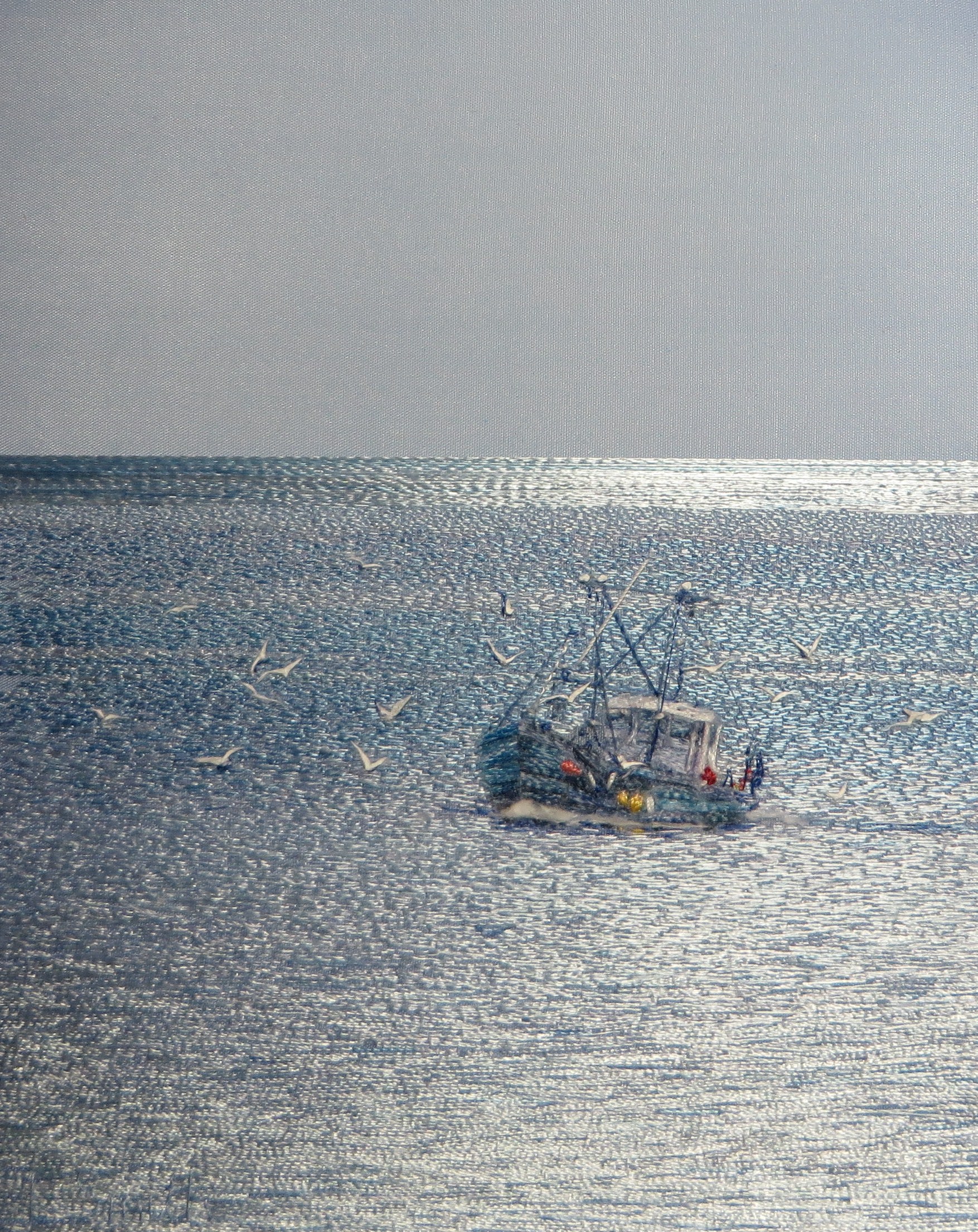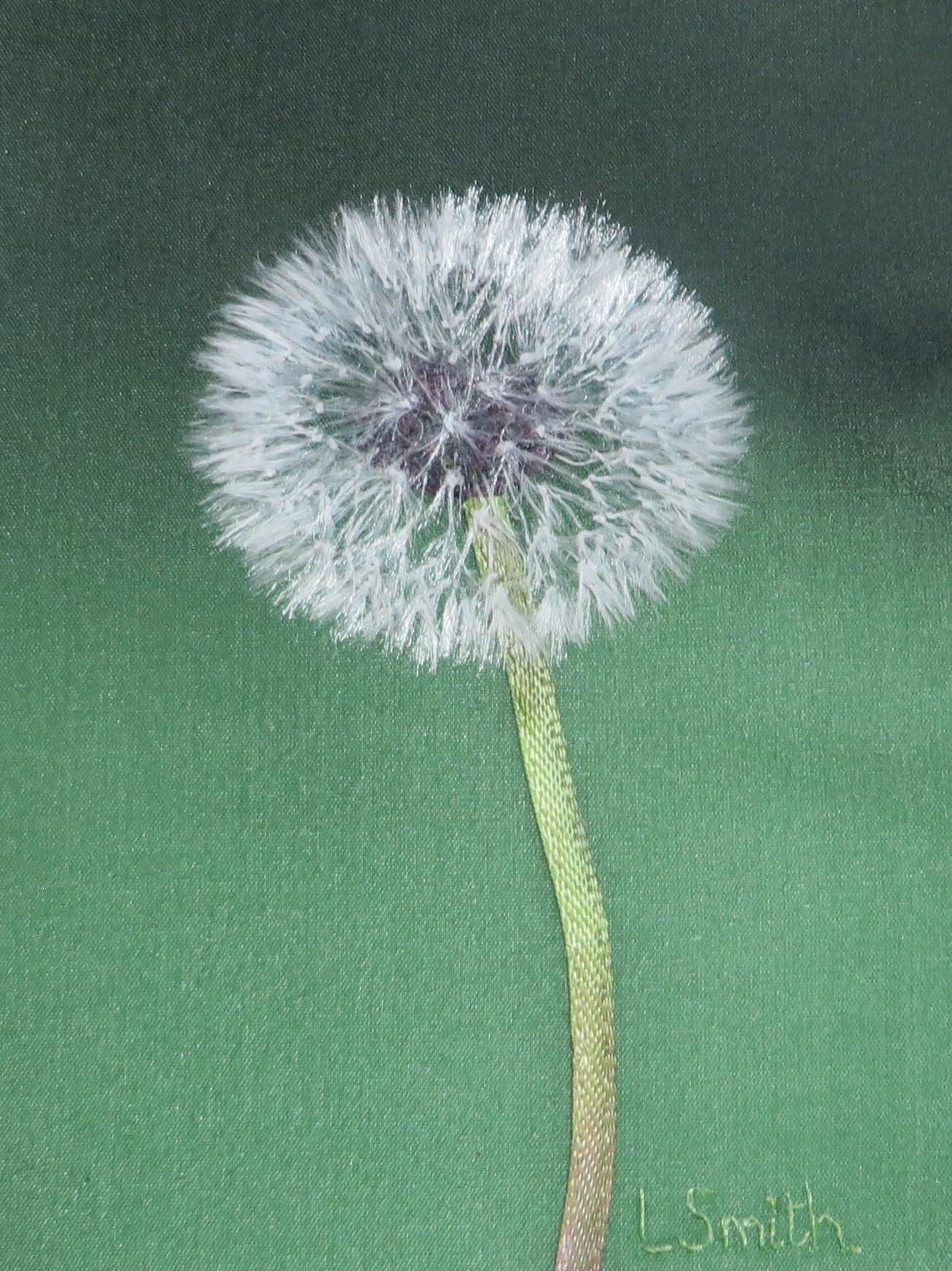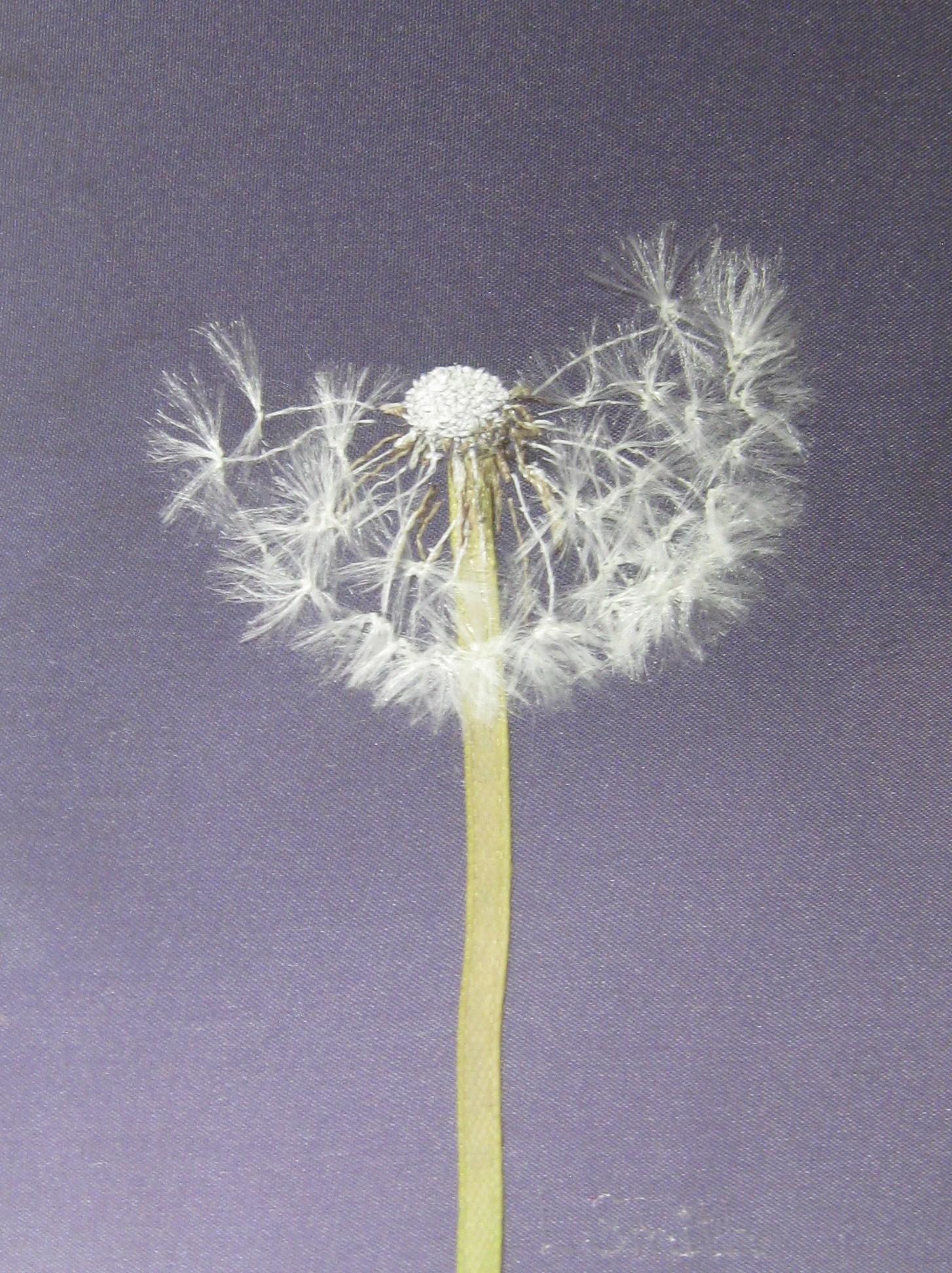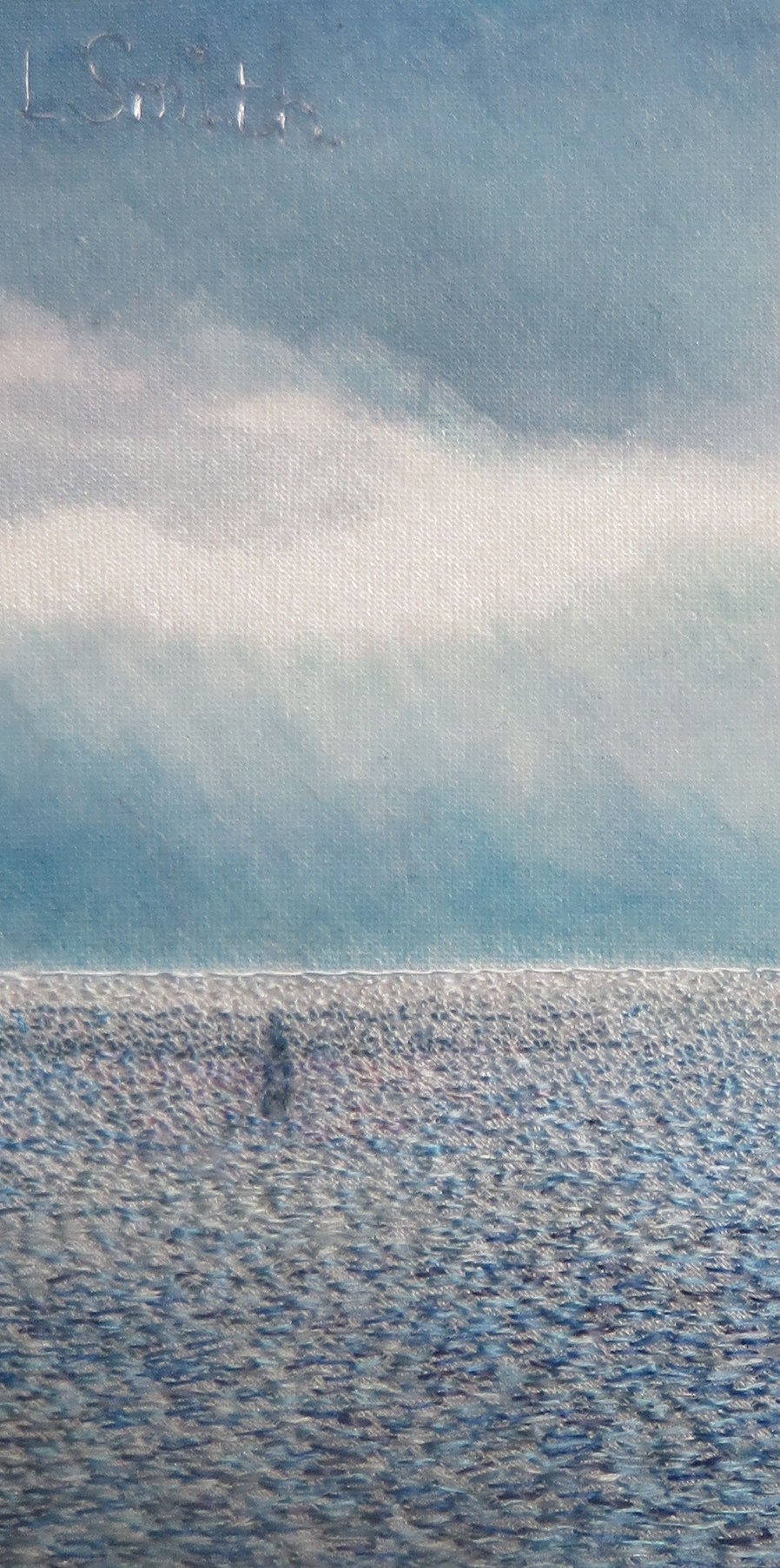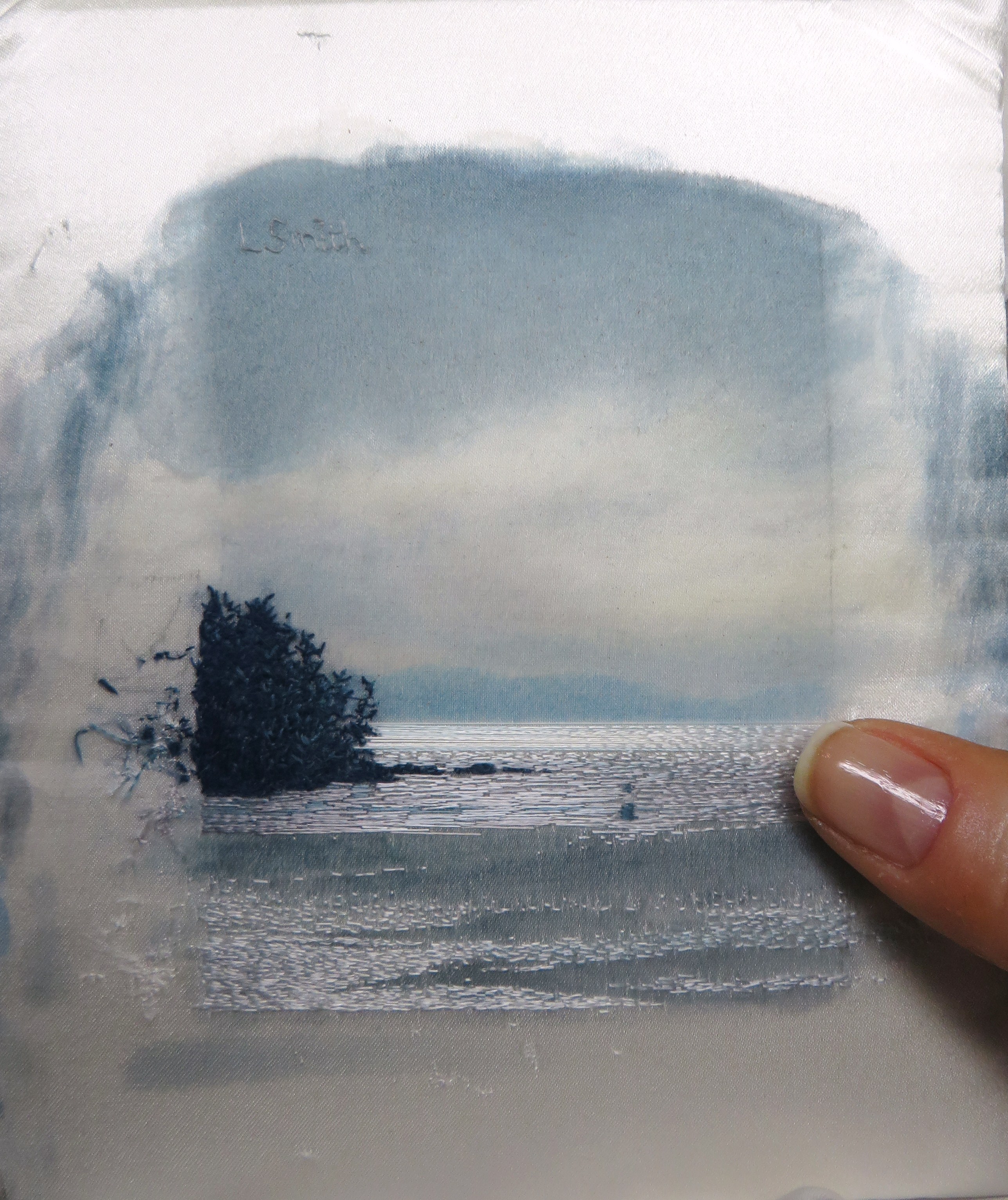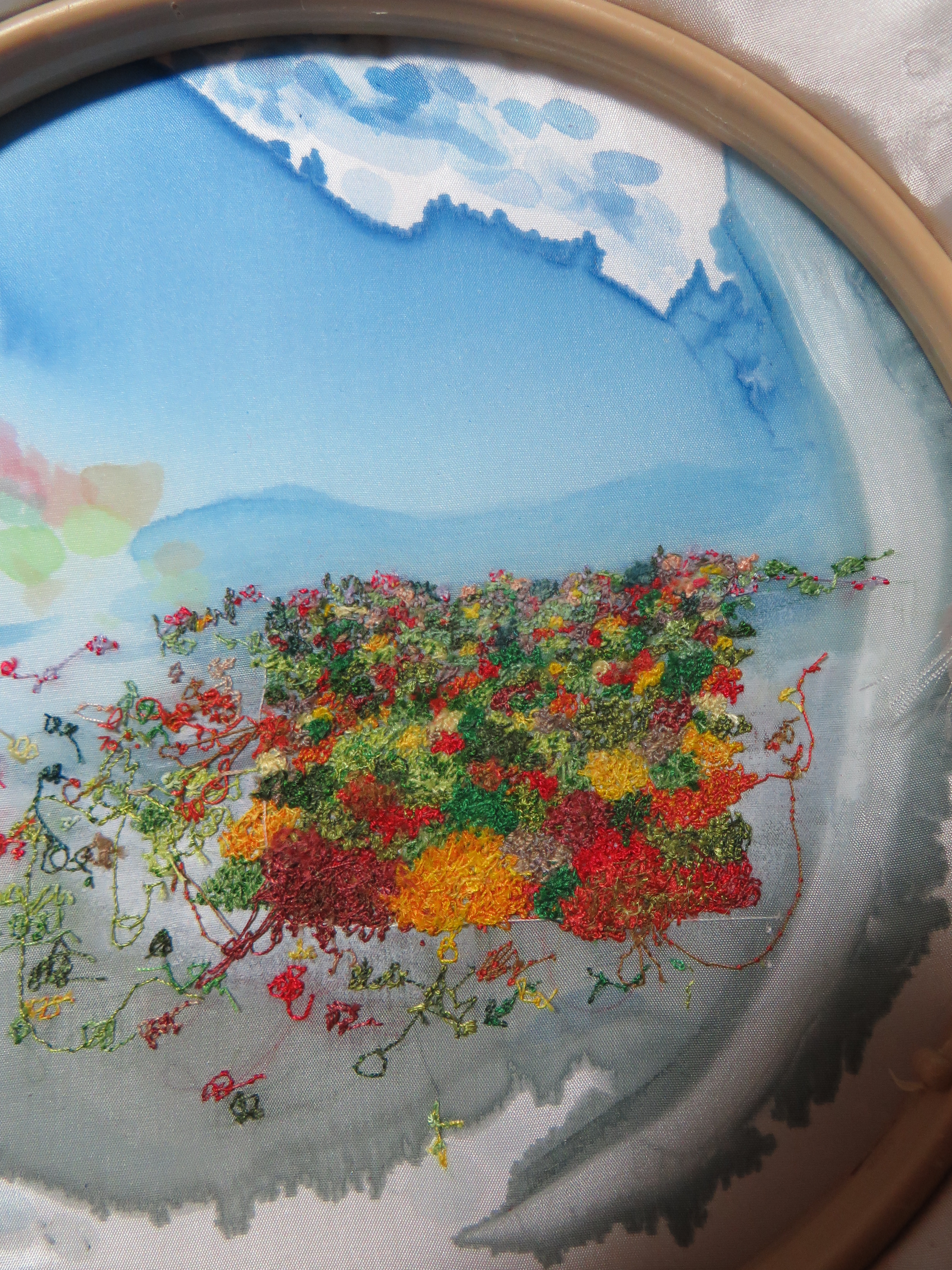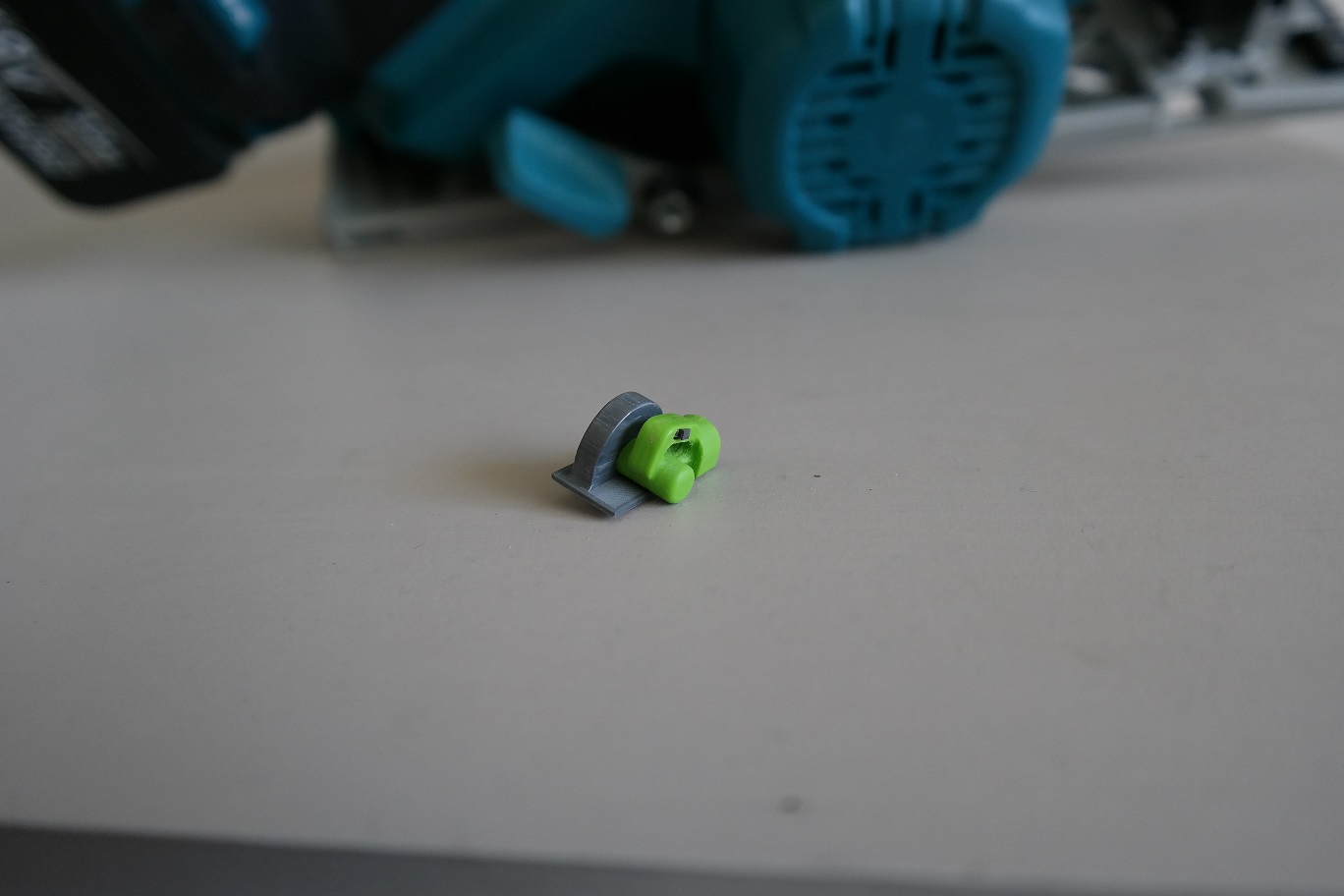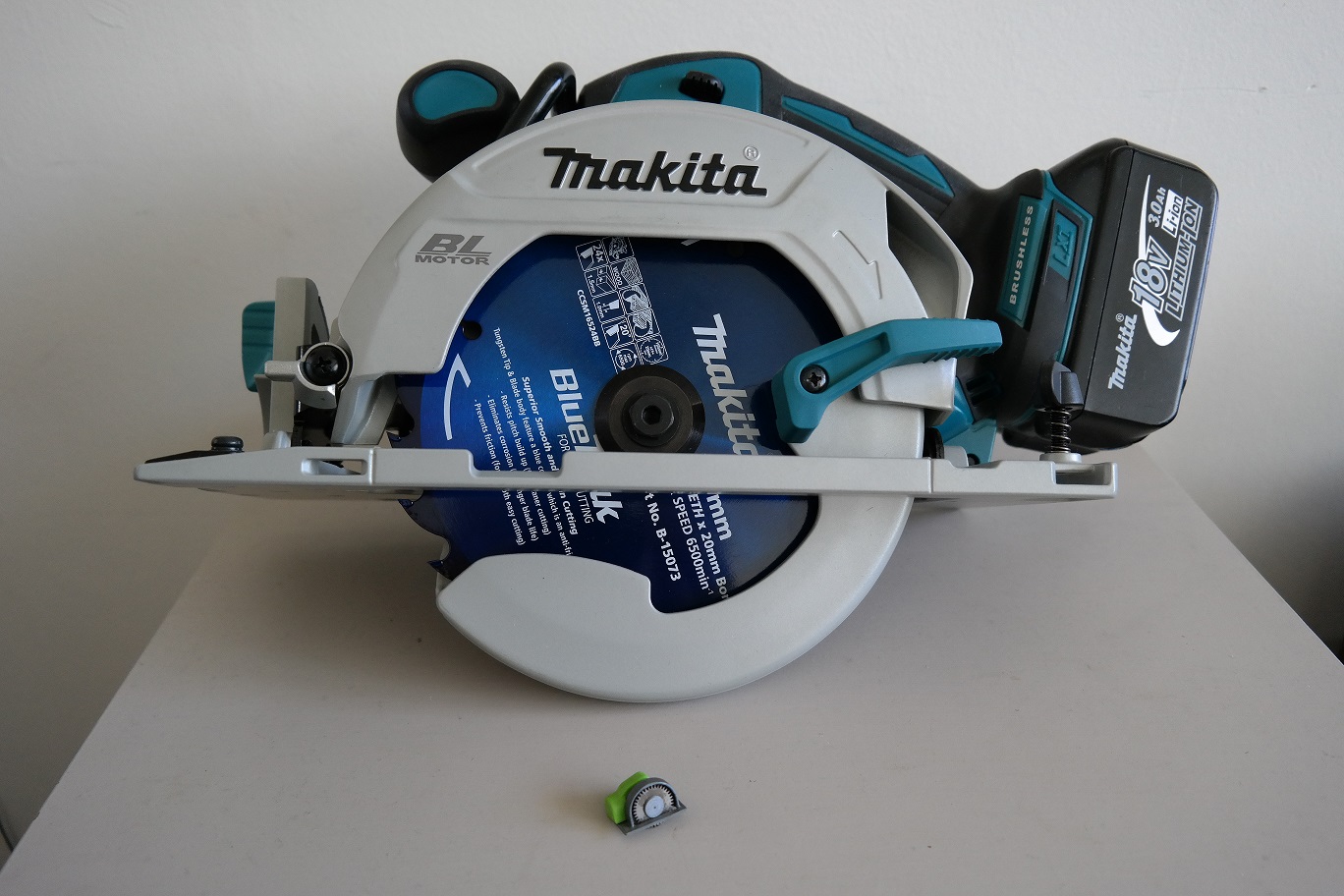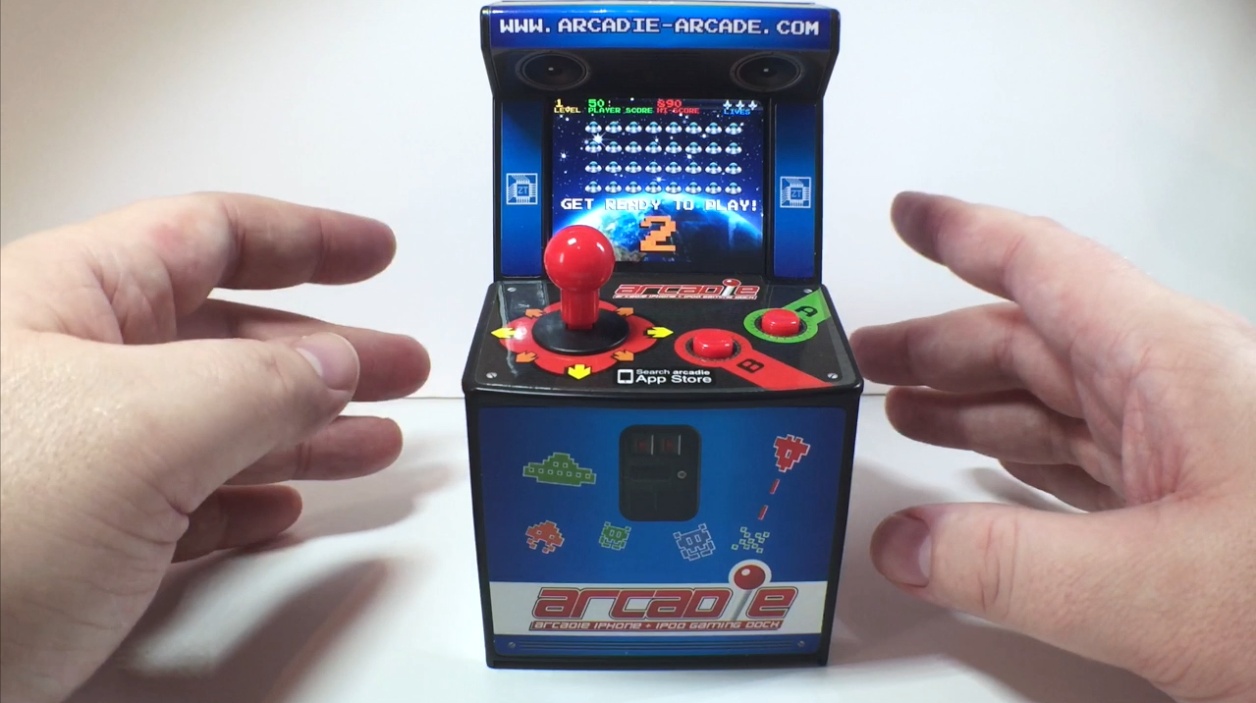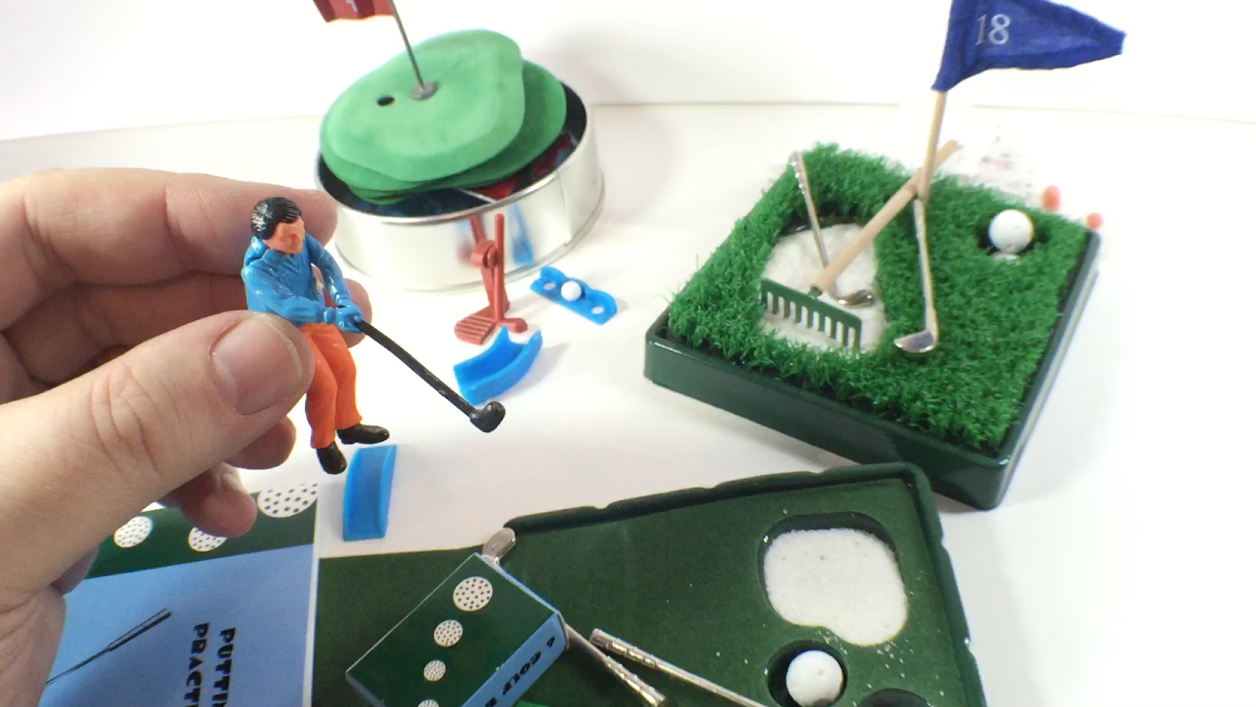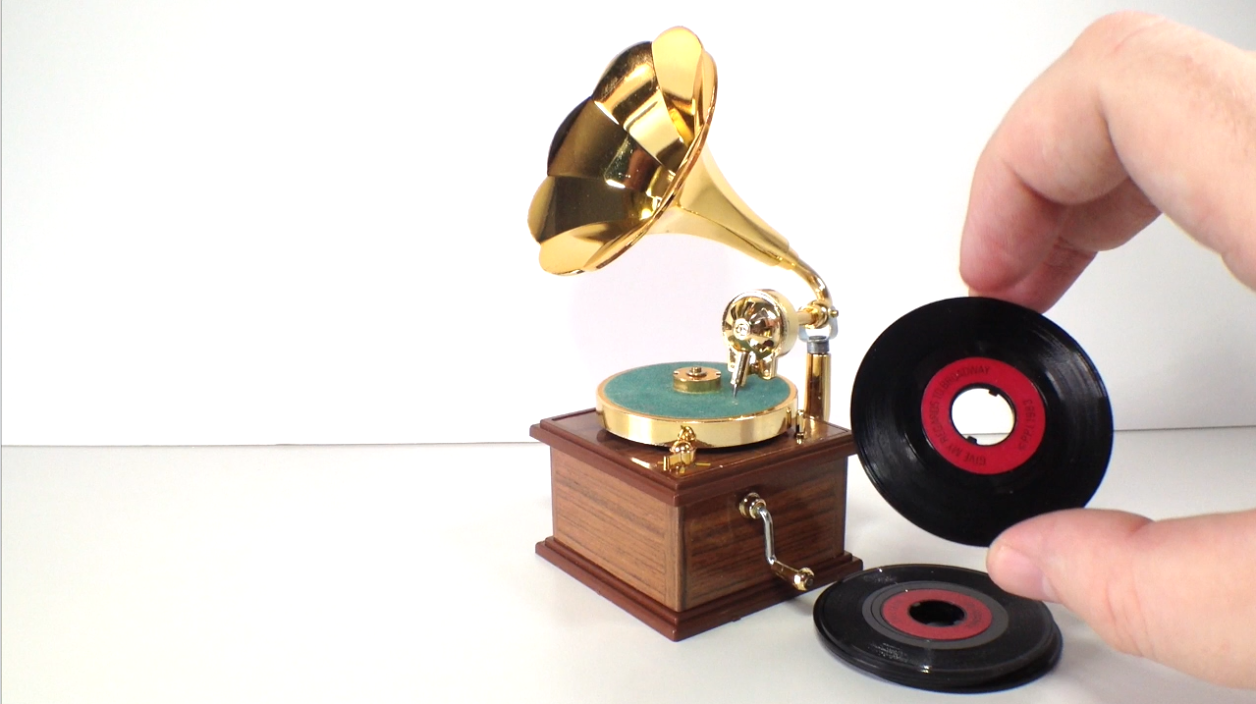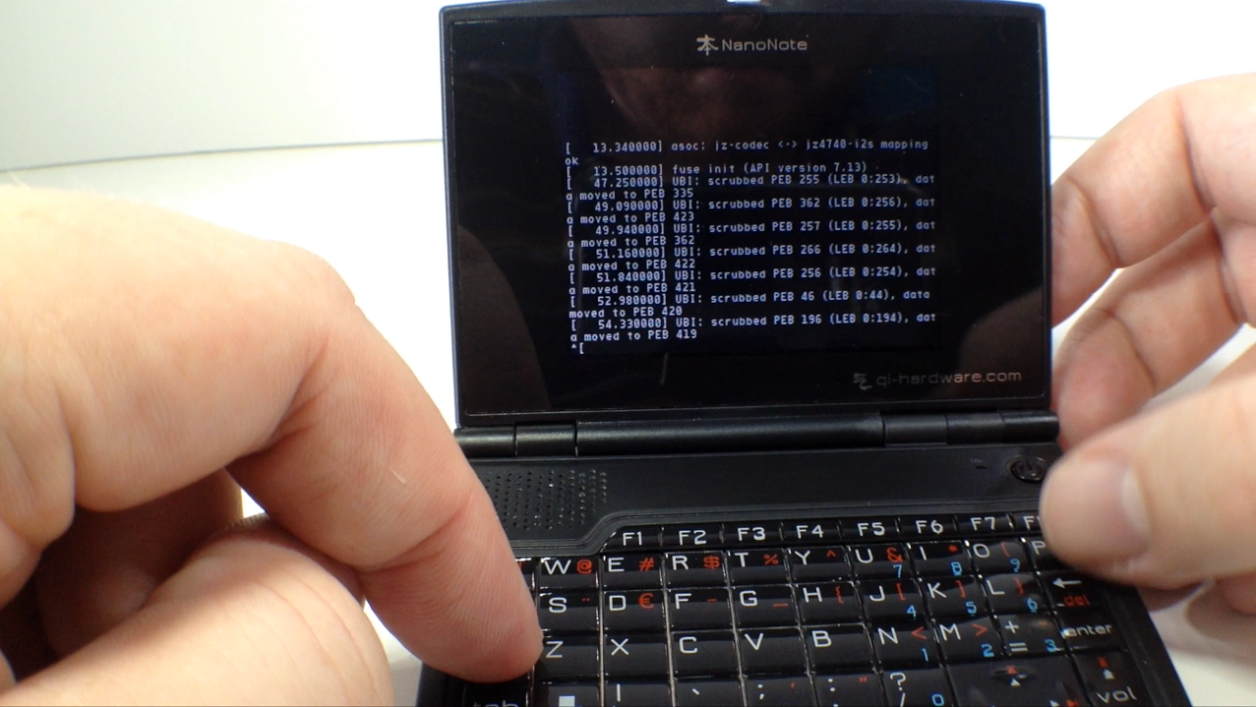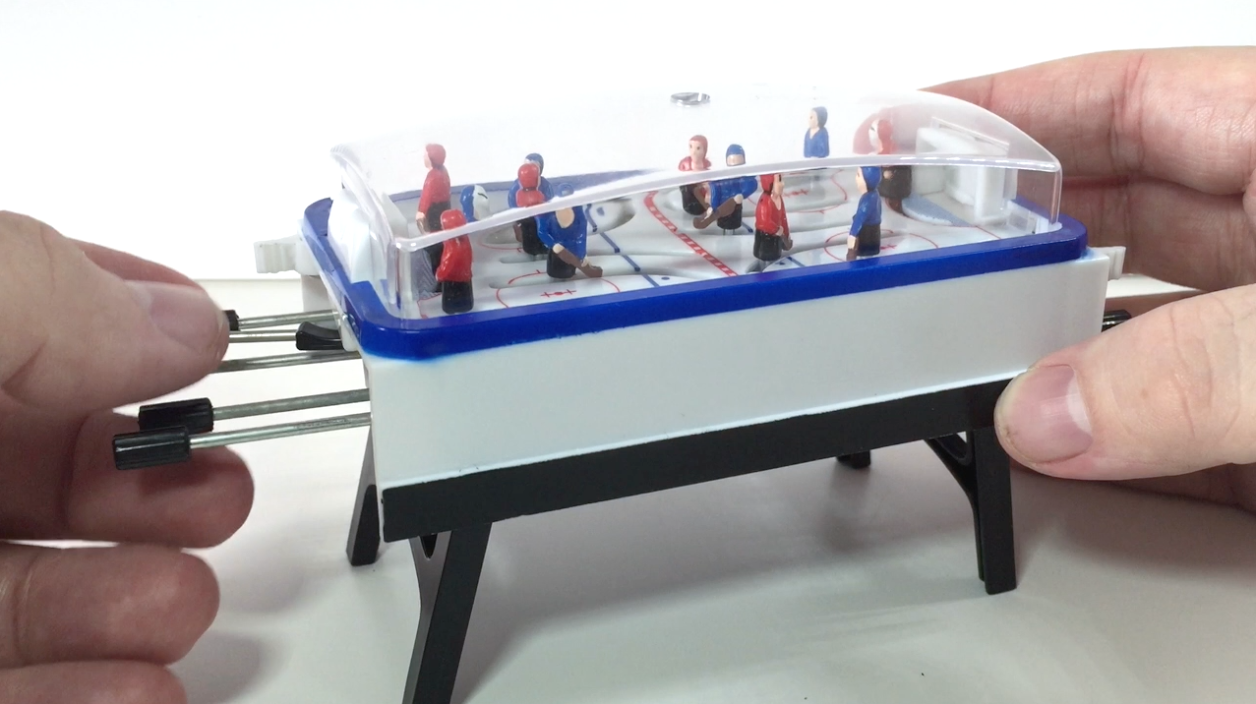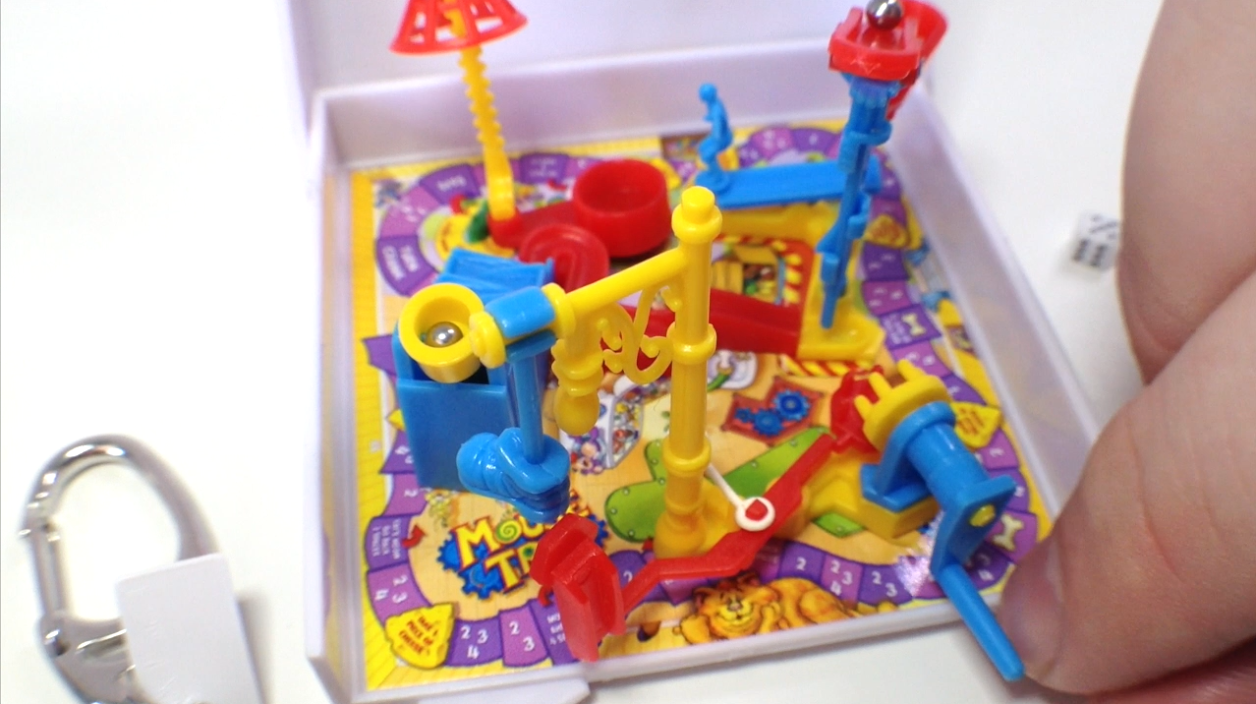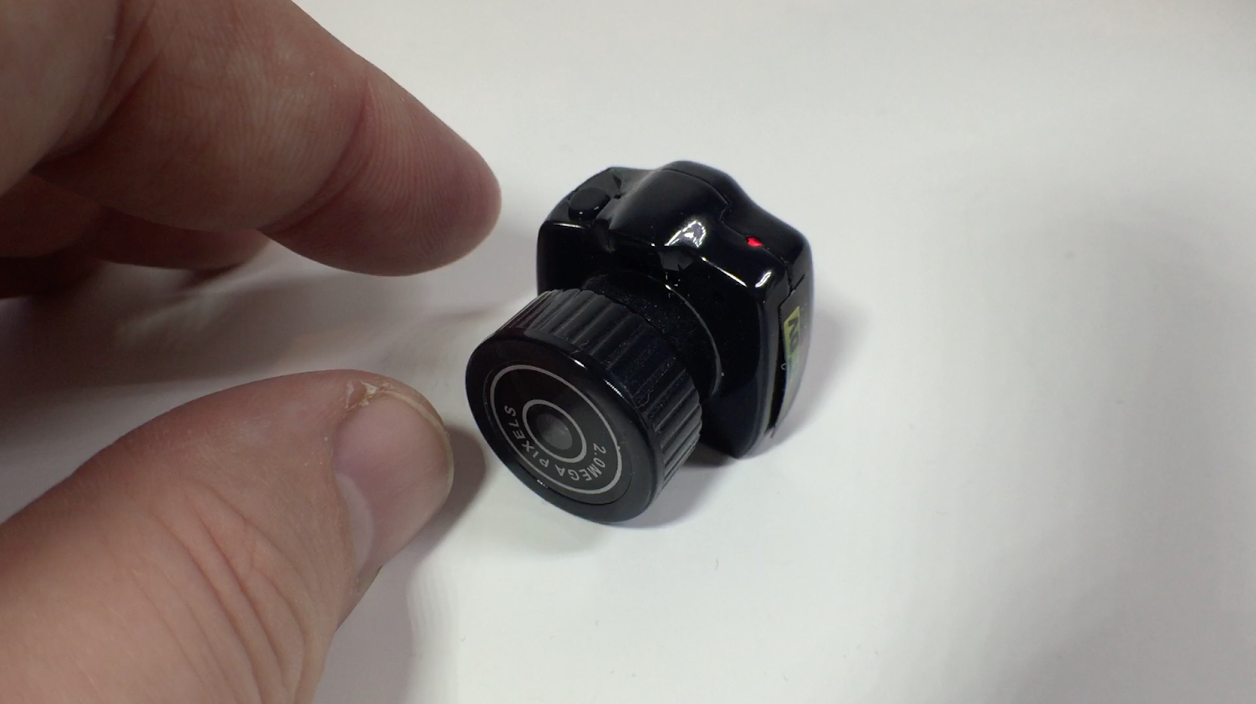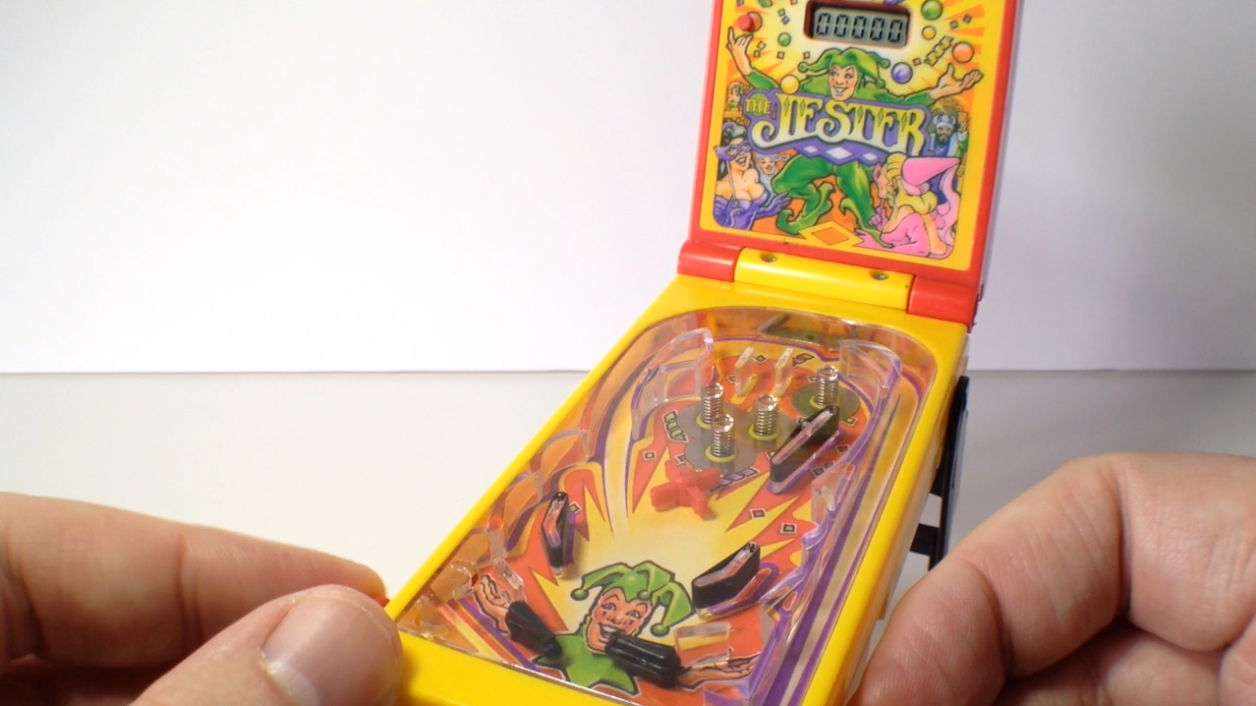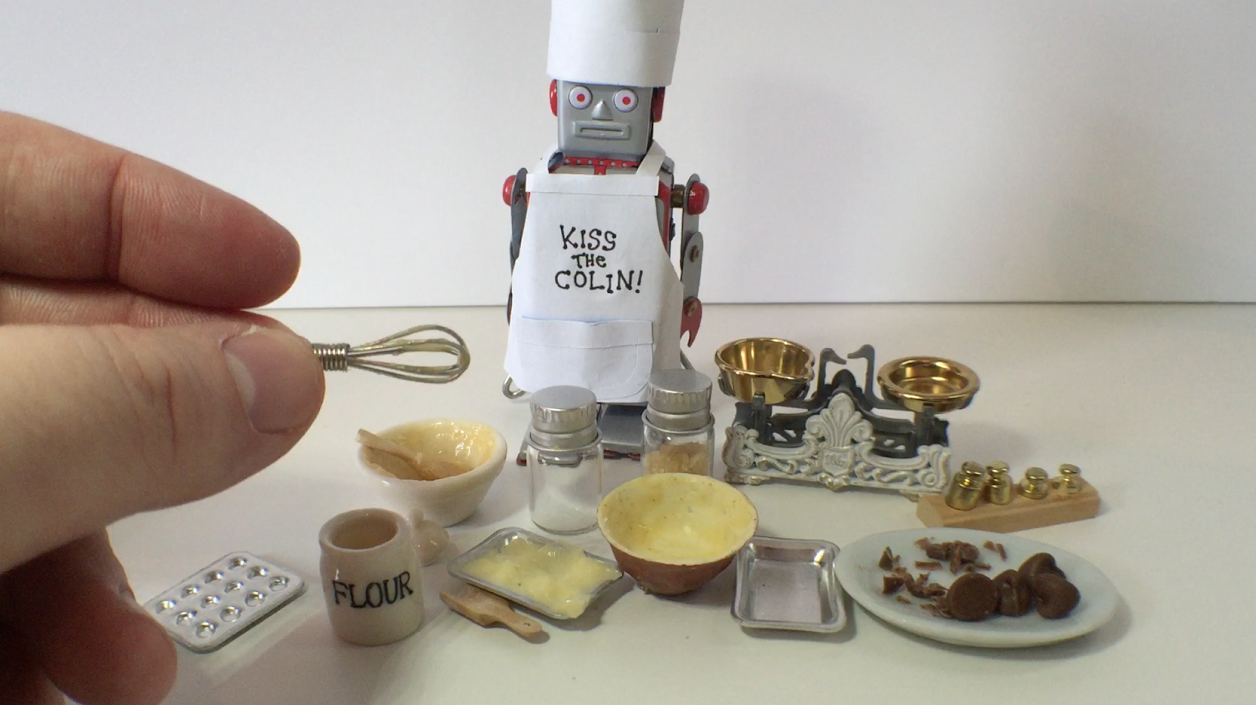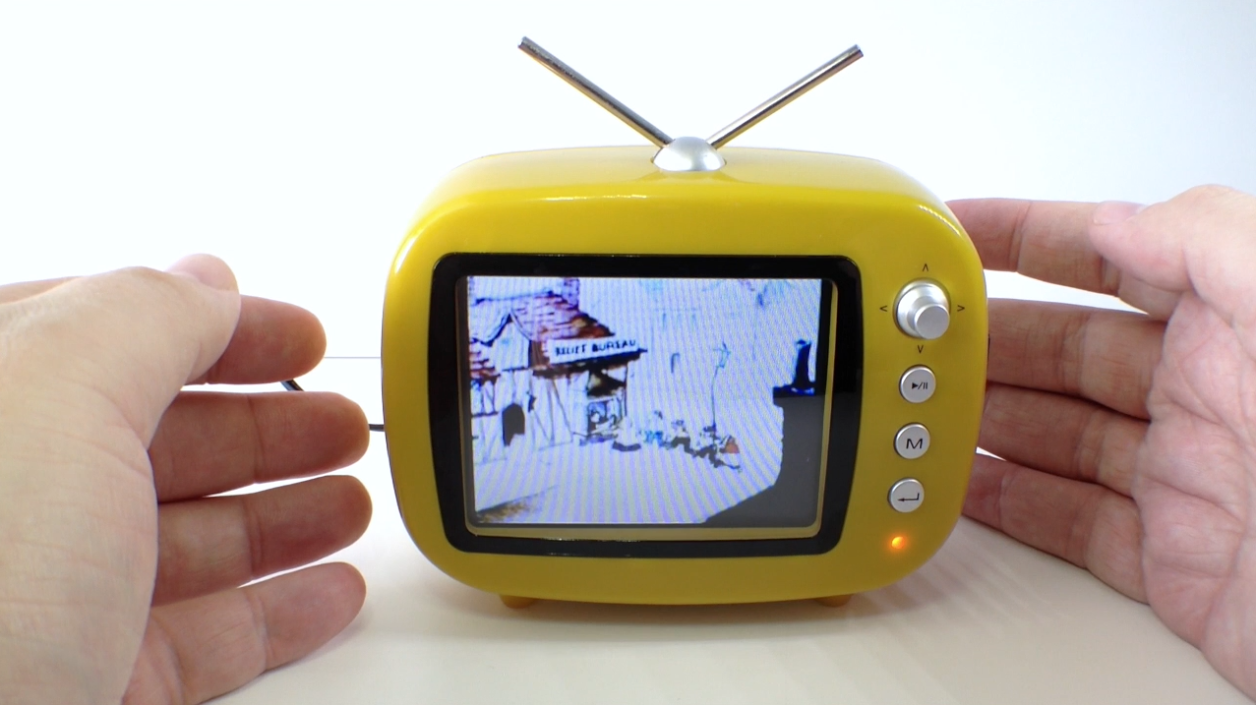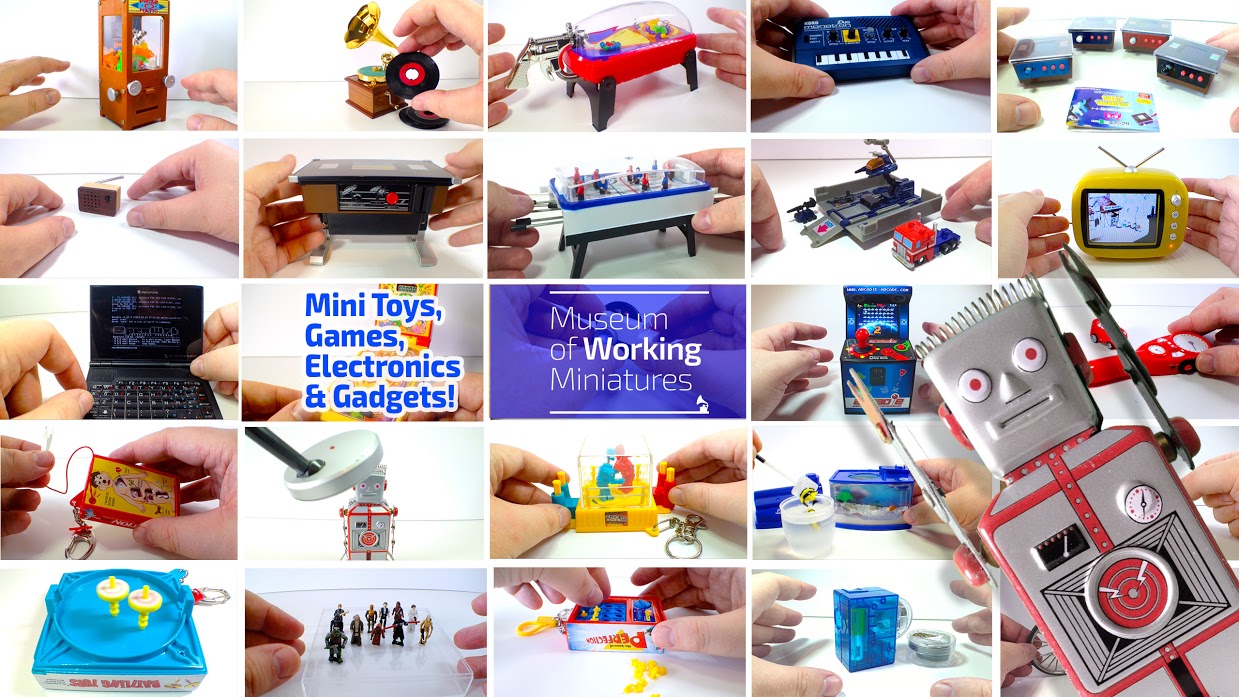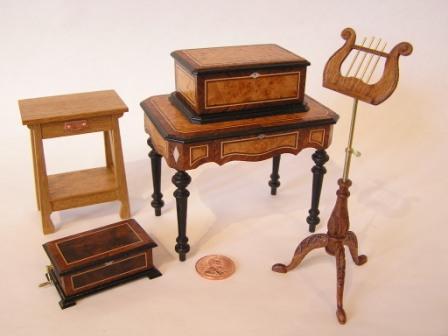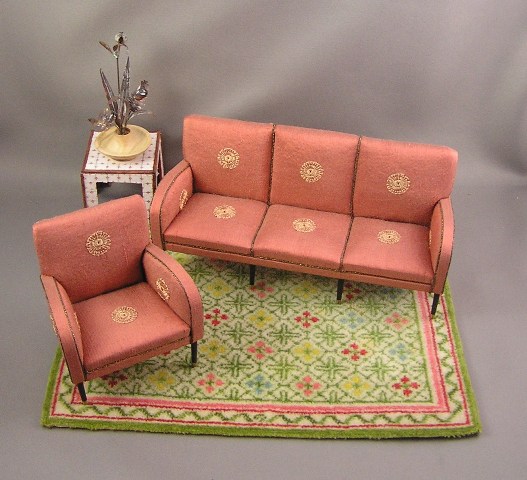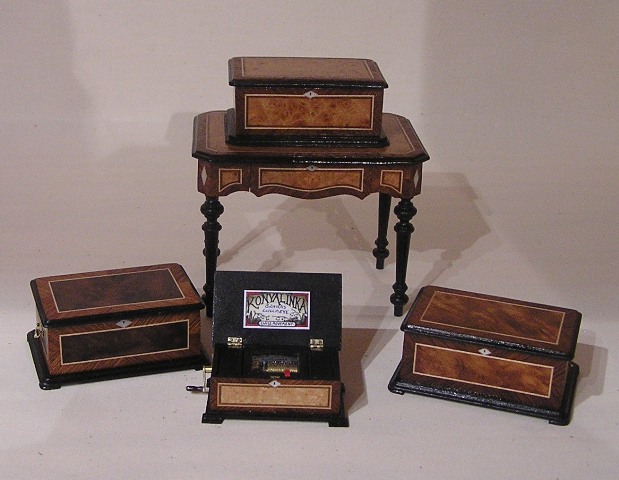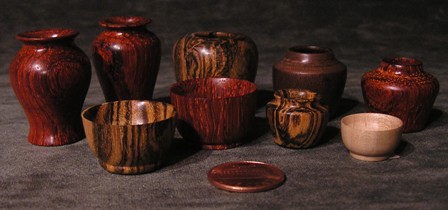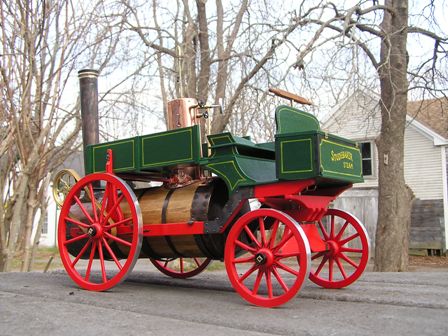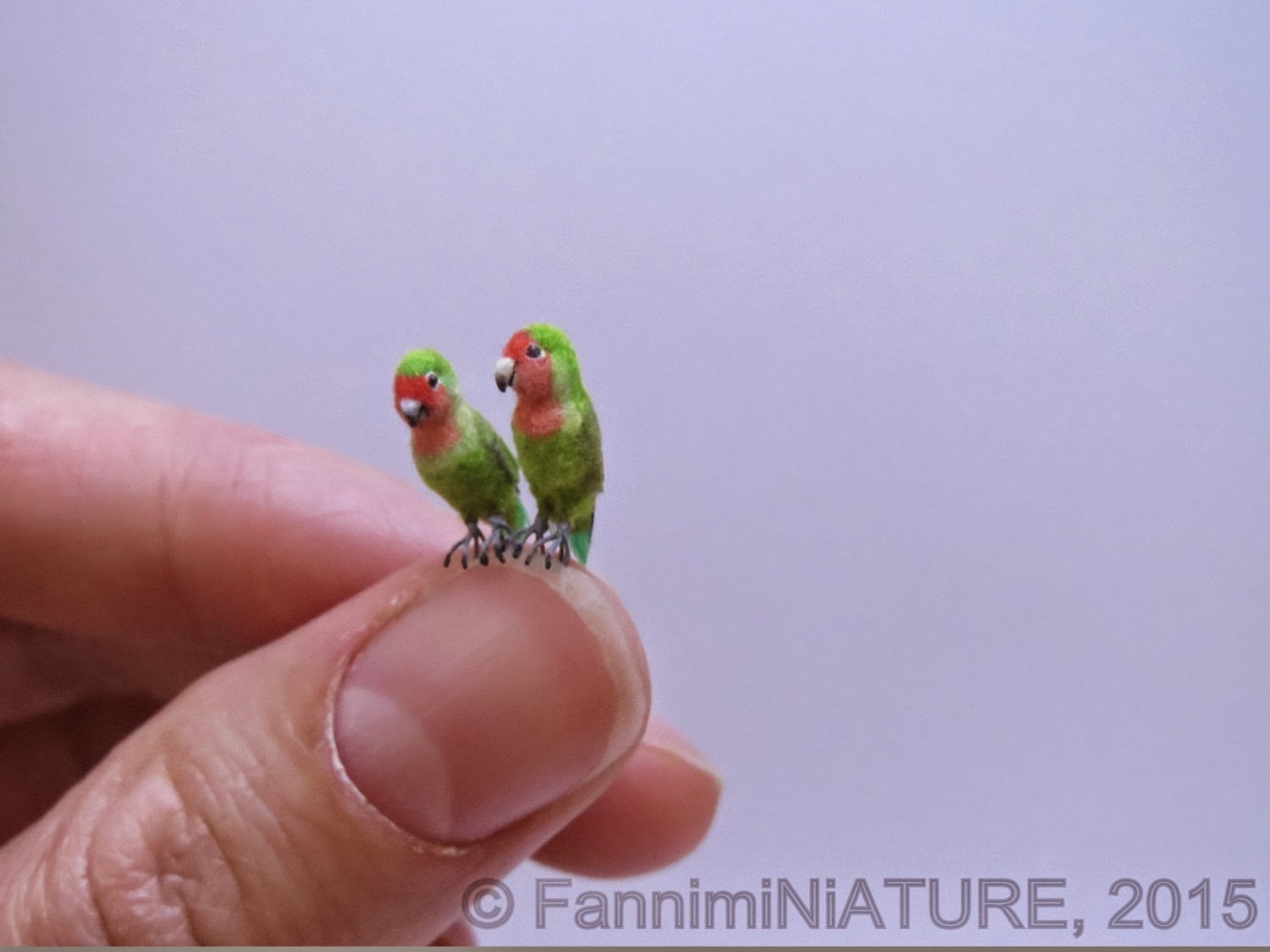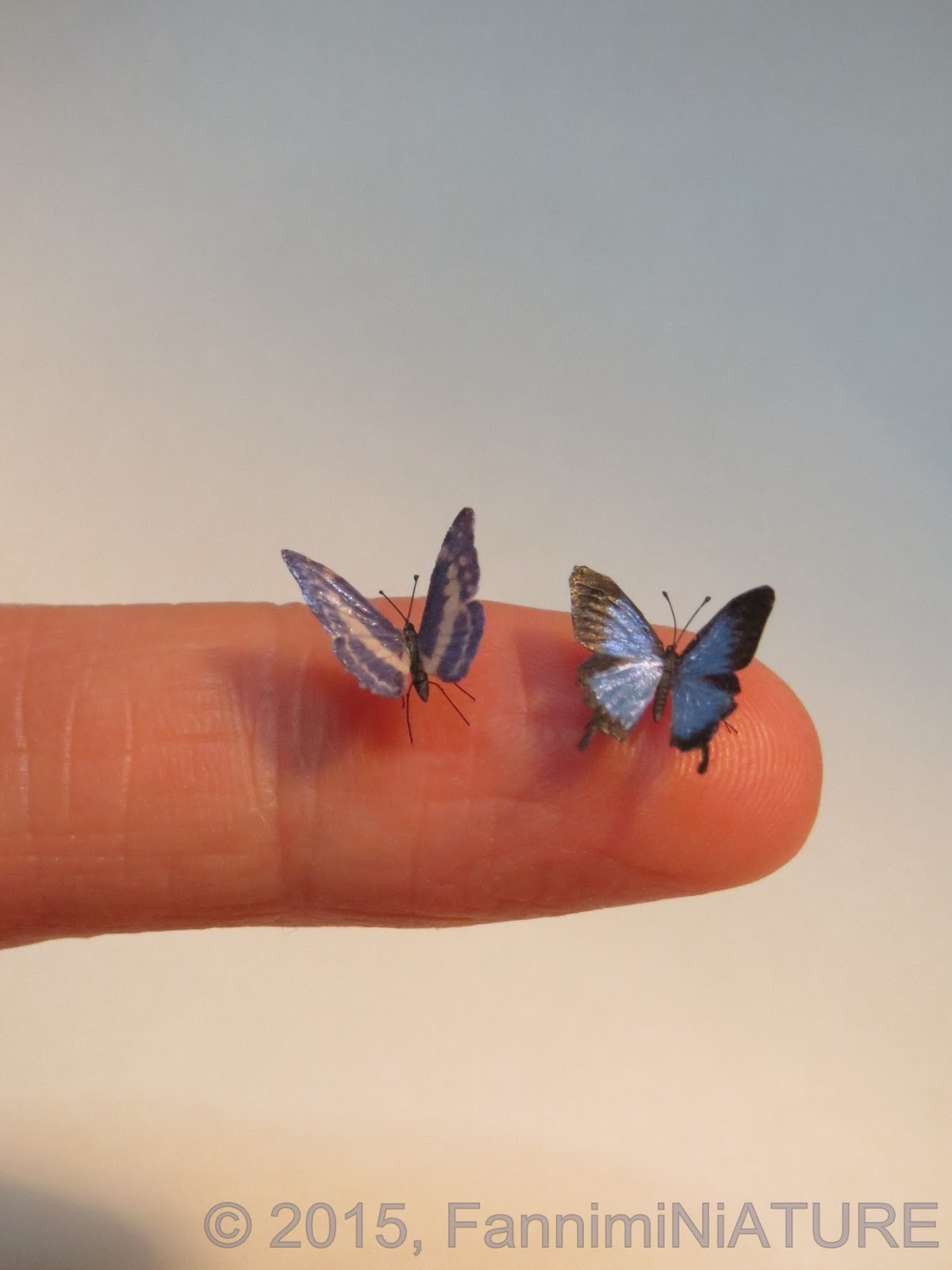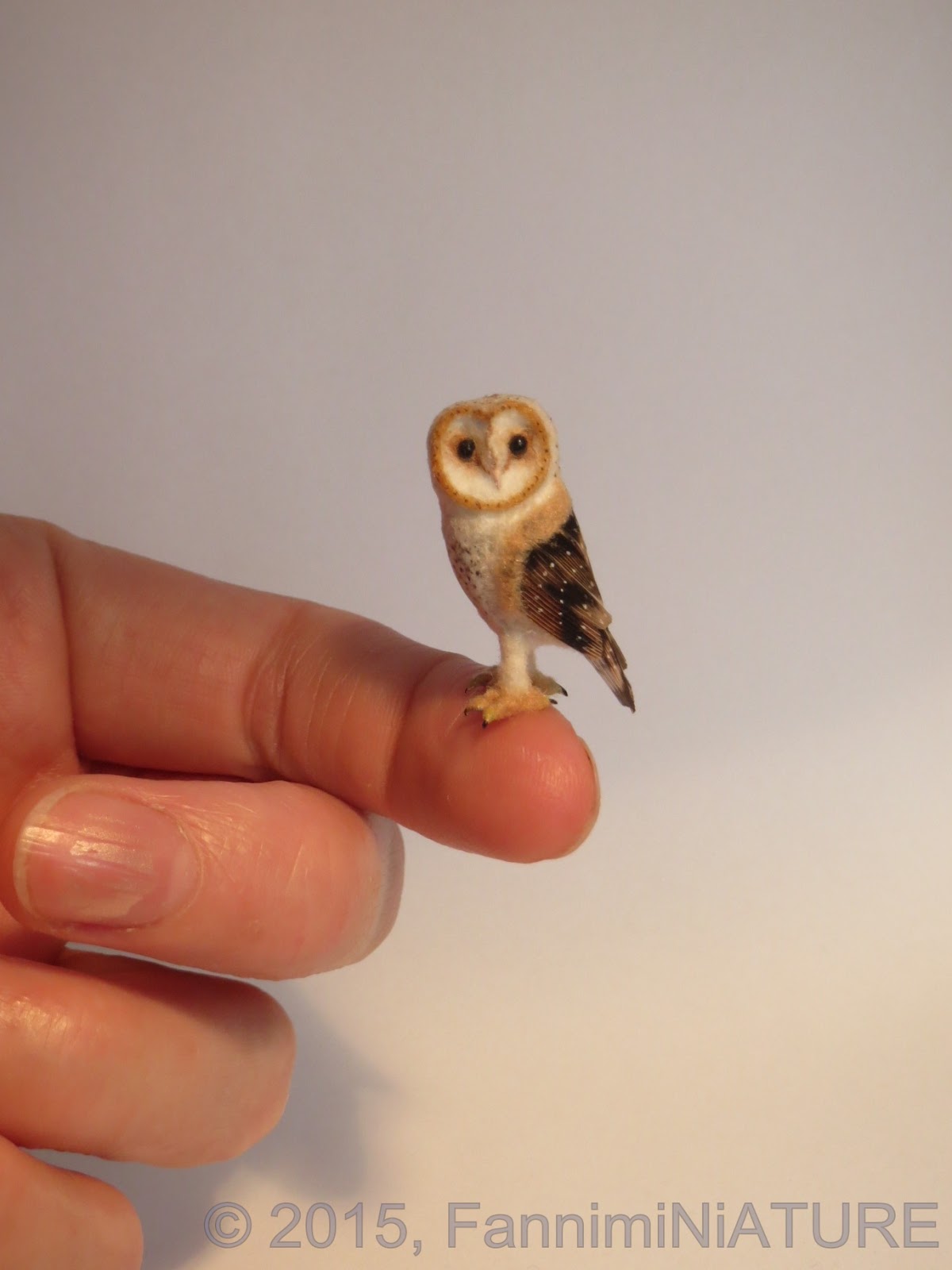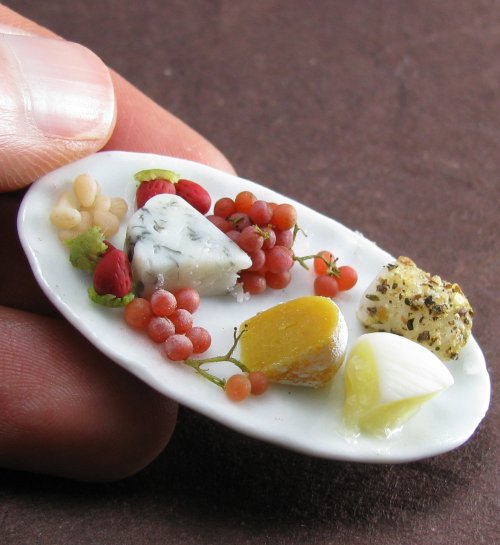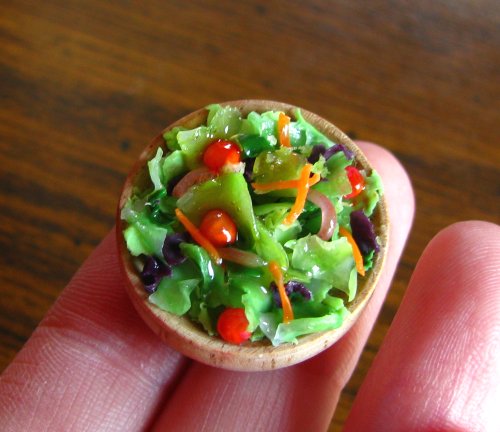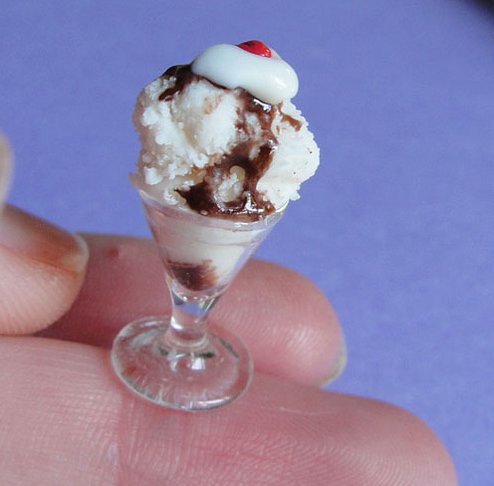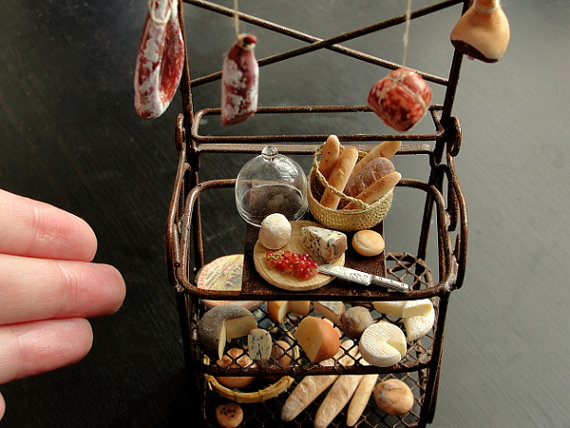Lance Abernethy’s 3D-Printed Works in Miniature
| YouTube |
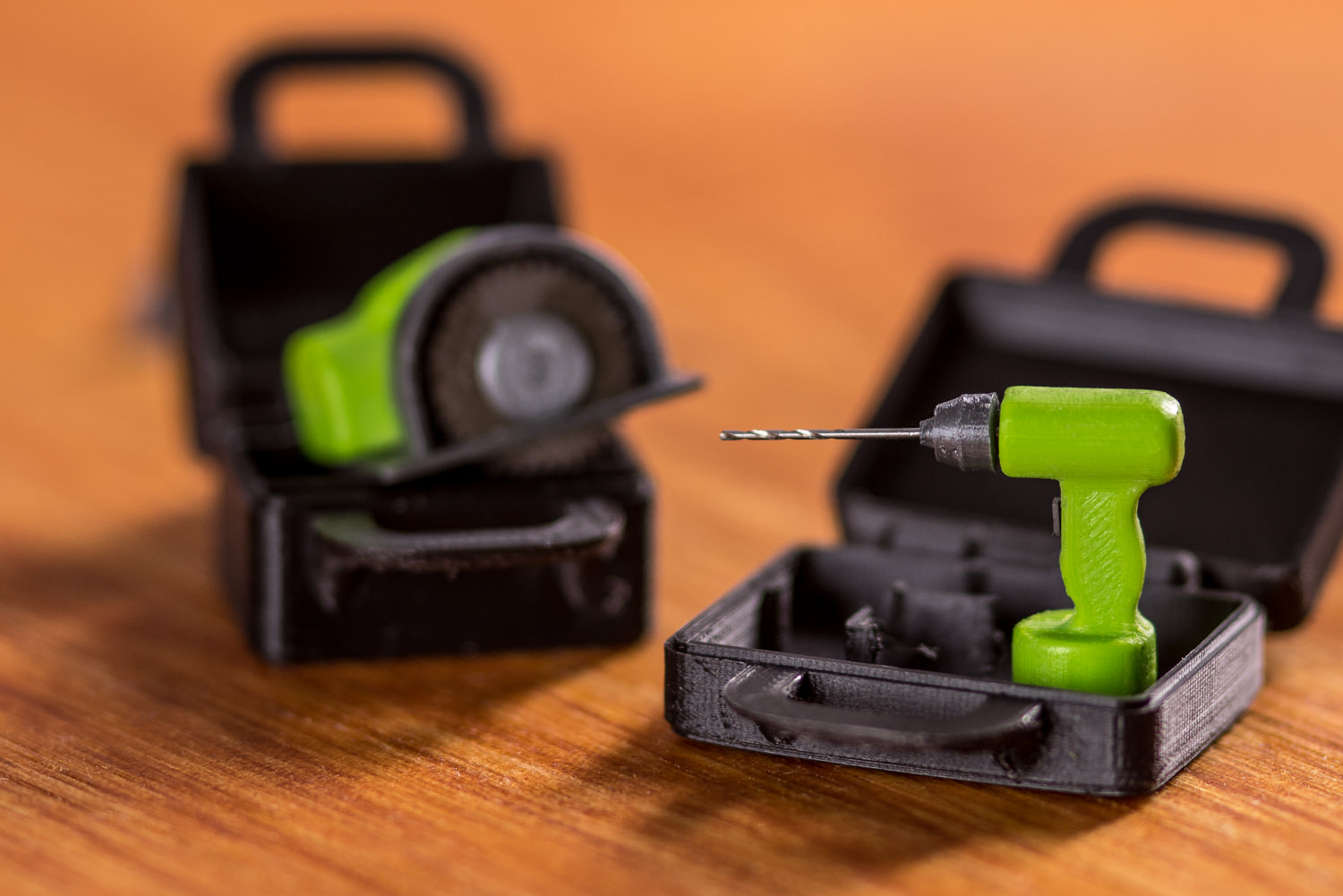 Tell us a bit about the conception of The World’s Smallest Circular Saw.
Tell us a bit about the conception of The World’s Smallest Circular Saw.
It was just a natural progression from the miniature drill. I like to make and create things. Using power tools and 3D printers help me bring those things to life.
There are lots of things that get me excited and when I see something or come up with an idea I just want to have a go. The idea stems from joining multiple interests together but turning them into something different.
You wowed the tech world just a few months ago with your World’s Smallest Cordless Drill. Could you tell us a bit about the conception of this piece?
It progressed from a general chat at our shift change over at work. We were sharing stories and jokes that are spread through the engineering field. Apparently a country made the smallest twist drill and sent it to another who drilled a hole down the center. Well, I thought: I can make a small drill to do that.
Lance Abernethy’s 3D-Printed Cordless Drill now holds the Guinness World Record for the smallest working power tool at 17 millimeters.
What’s your background and how did you get into 3D printing?
I’m a maintenance and diagnostic engineer… well, that’s what my certificate says. I have always liked technology and general mechanical things. The world of 3D printing is the ultimate way to create something. You can make things that were never possible before and with no waste. I would love to get more into that field and thought the best way to start was to get a printer of my own.
What urged you to transition from full scale 3D printing into miniature?
Tiny things are interesting, funny and can be surprising. I still print large and full sized items but it’s always fun when you pull off a cool tiny print. The type of printer I have isn’t suited to printing such small items, so it’s also the challenge to make it possible.
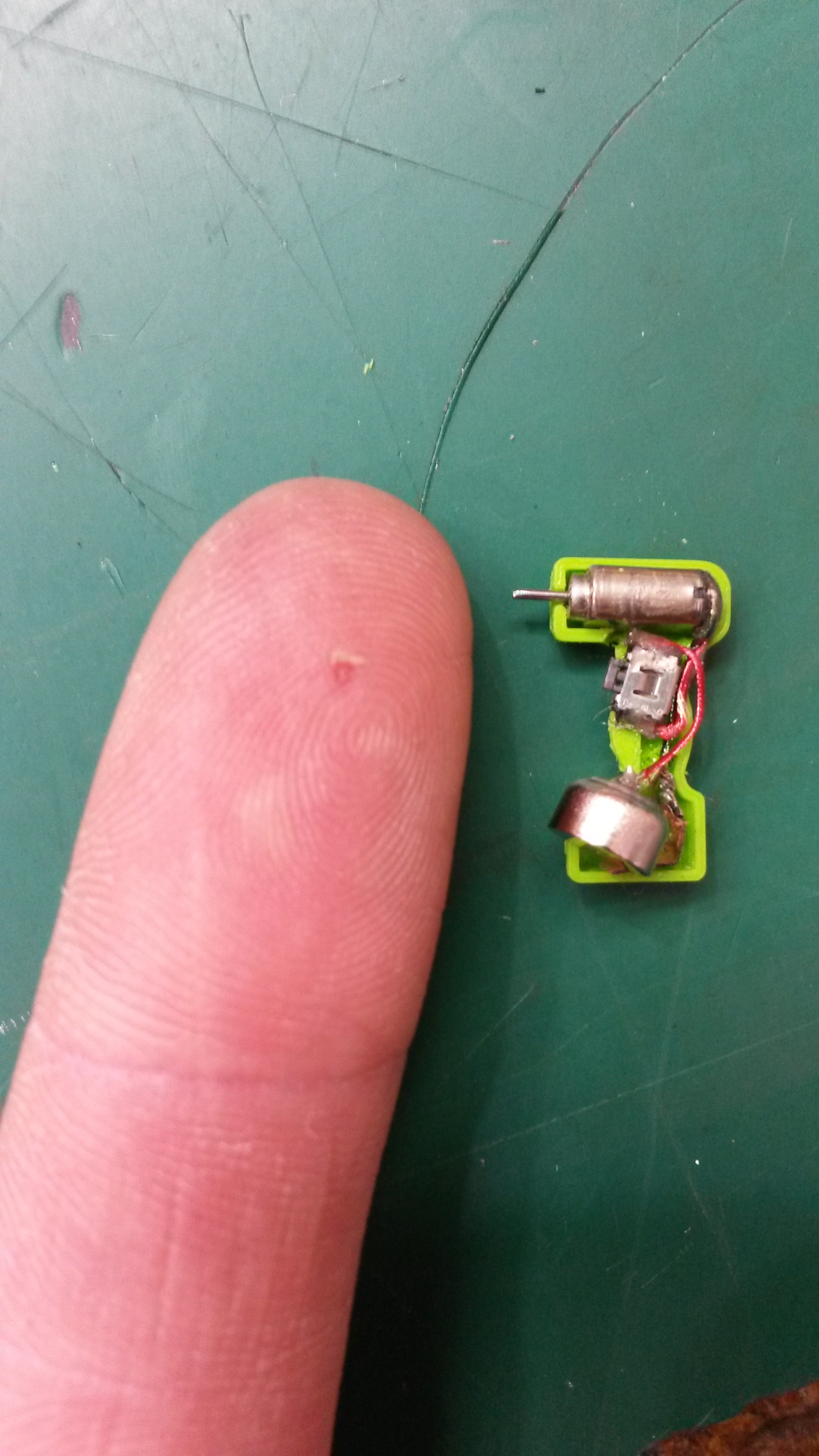 Approximately how long did it take you to create the saw and drill?
Approximately how long did it take you to create the saw and drill?
Three days each, from the idea to a complete item. I don’t wait around, I just get to creating.
Do you plan on selling either tool or mass printing these?
It would be nice and may become a option. But I’m not sure if people would be willing to pay enough to be worth my time.
Any other 3D-printed works or “World’s Smallest” creations to come from Lance Abernethy?
I’m always working on something, that’s for sure. Whether it interests other people, I don’t know. The problem is, I have more ideas than time in the world. The list grows faster than I can pursue my interests and the cost comes into play a bit too.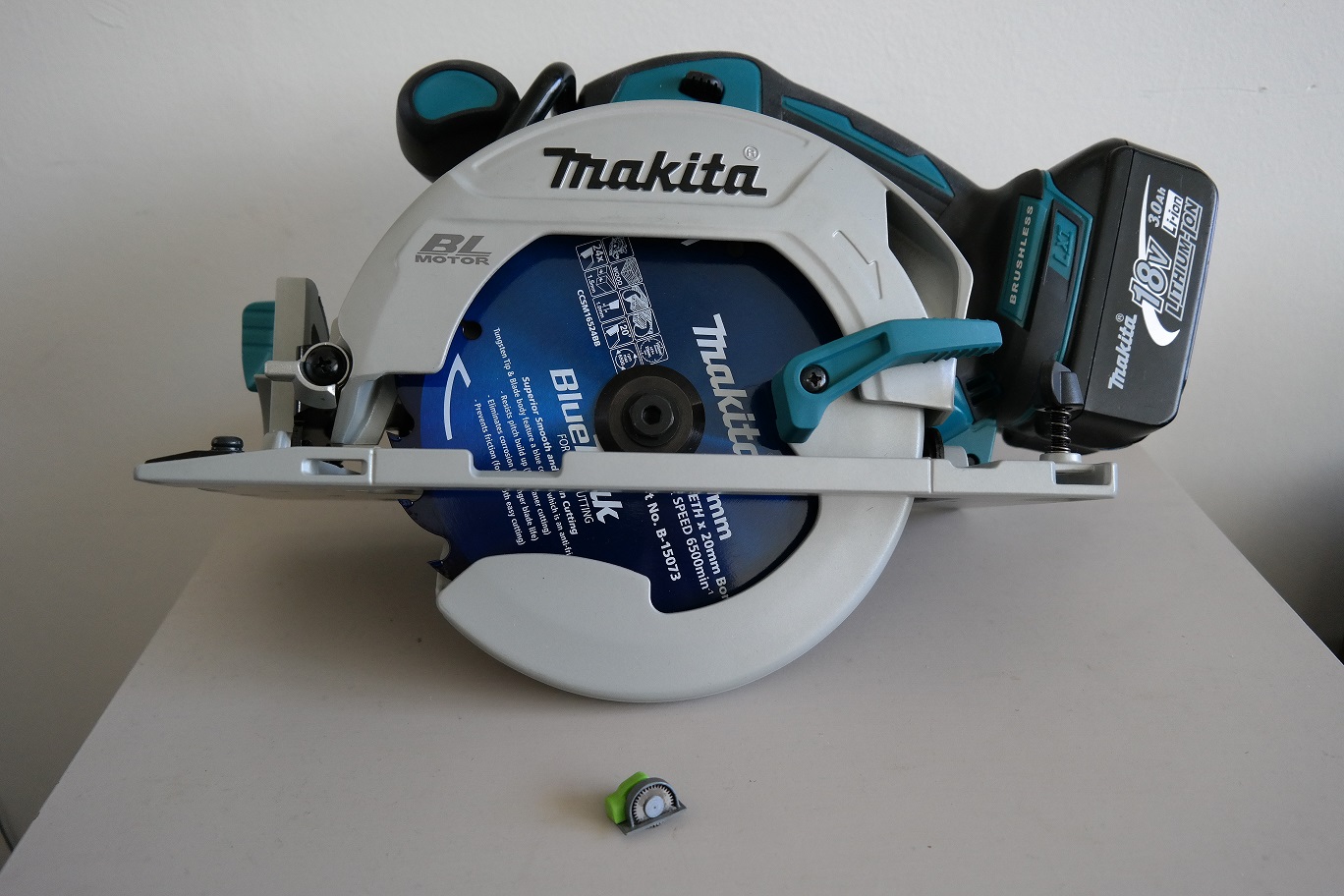
As for miniature items, I have a few ideas that I hope to work on some time soon. More tools, but a few other things that I’m not ready to share yet. Mainly as I’m not sure if and when I’ll be able to complete them.
Any inspirations you’d like to cite?
I don’t really follow anyone’s footsteps, but all the people at Ultimaker and on the forum make up a good community that I enjoy being a part of. There are lots of talented people that share their creations. It’s very inspiring.
Career highlights thus far?
Just being employed is a highlight. Over the years, I have had the opportunity to work with some very talented people and I really enjoy modifying machinery. 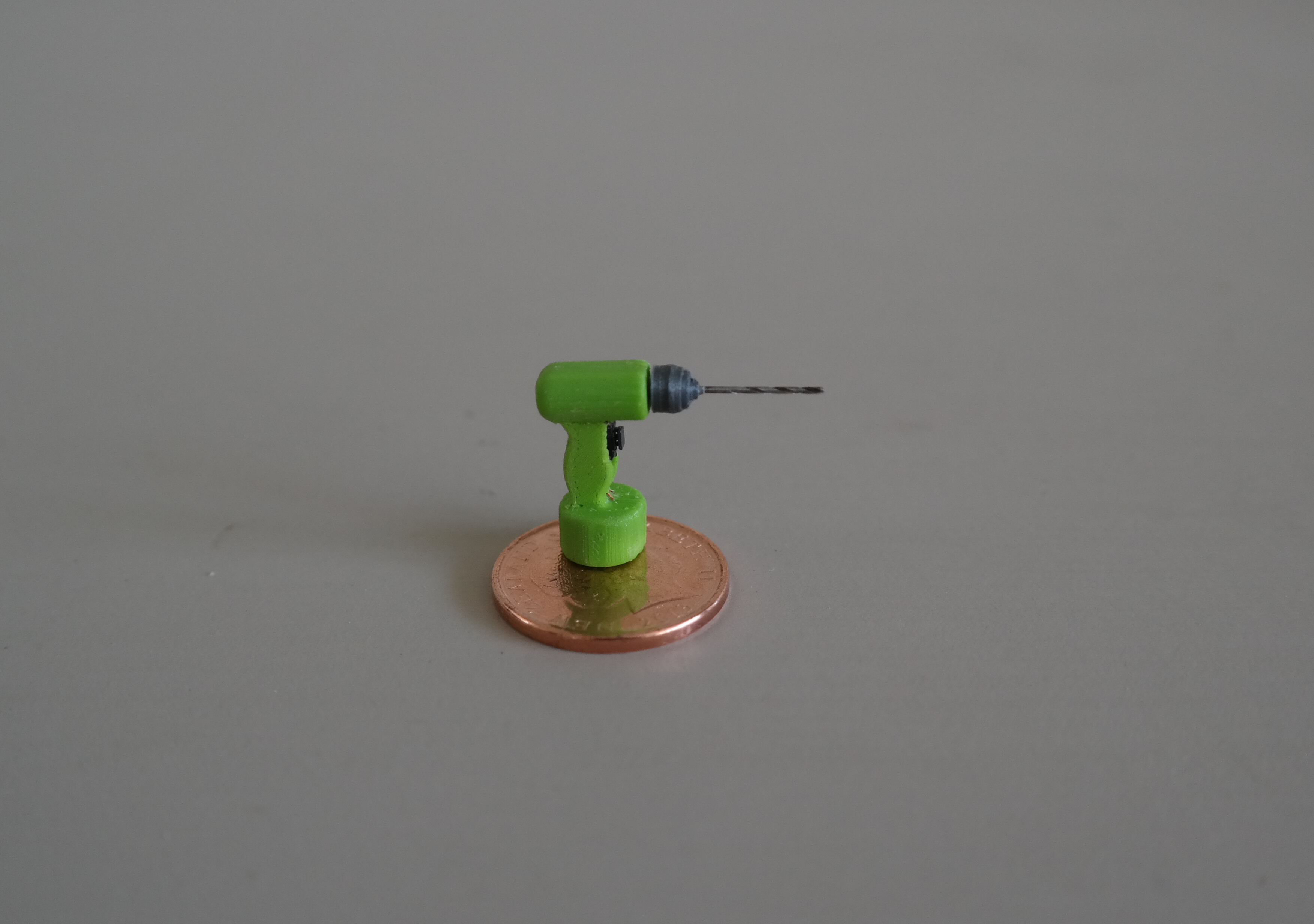 Seeing people struggle operating or working with equipment and coming up with improvements to aid their jobs and improve overall performance.
Seeing people struggle operating or working with equipment and coming up with improvements to aid their jobs and improve overall performance.
Advice for beginner designers and entrepreneurs?
Don’t be afraid to fail and don’t worry about not being trained or taught how to do something. Just give it a go. You may start off rusty but the skills you will gain outweigh any of that. If you are passionate about something or something excites you, then pursue it. Life’s short so live it. If you wait for retirement then you may not be fit to do the things you would have loved to do.
Other hobbies you enjoy?
I have many hobbies: fishing, hunting, doing professional firework displays, playing banjo and bird watching. I also grow, harvest and make different products from sugar cane.
Lance Abernethy is based in Auckland, New Zealand. Watch his miniature creations in action on YouTube.

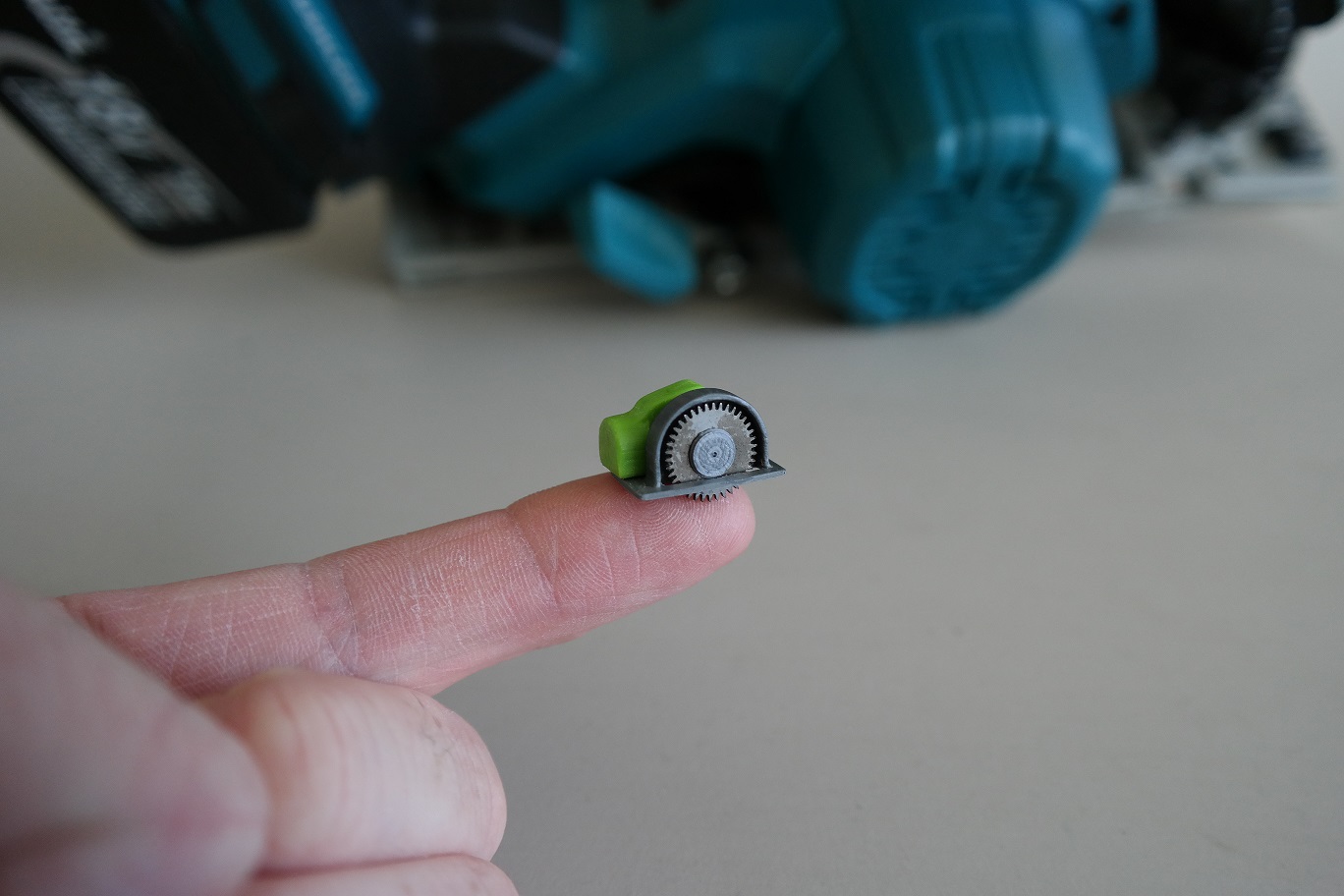
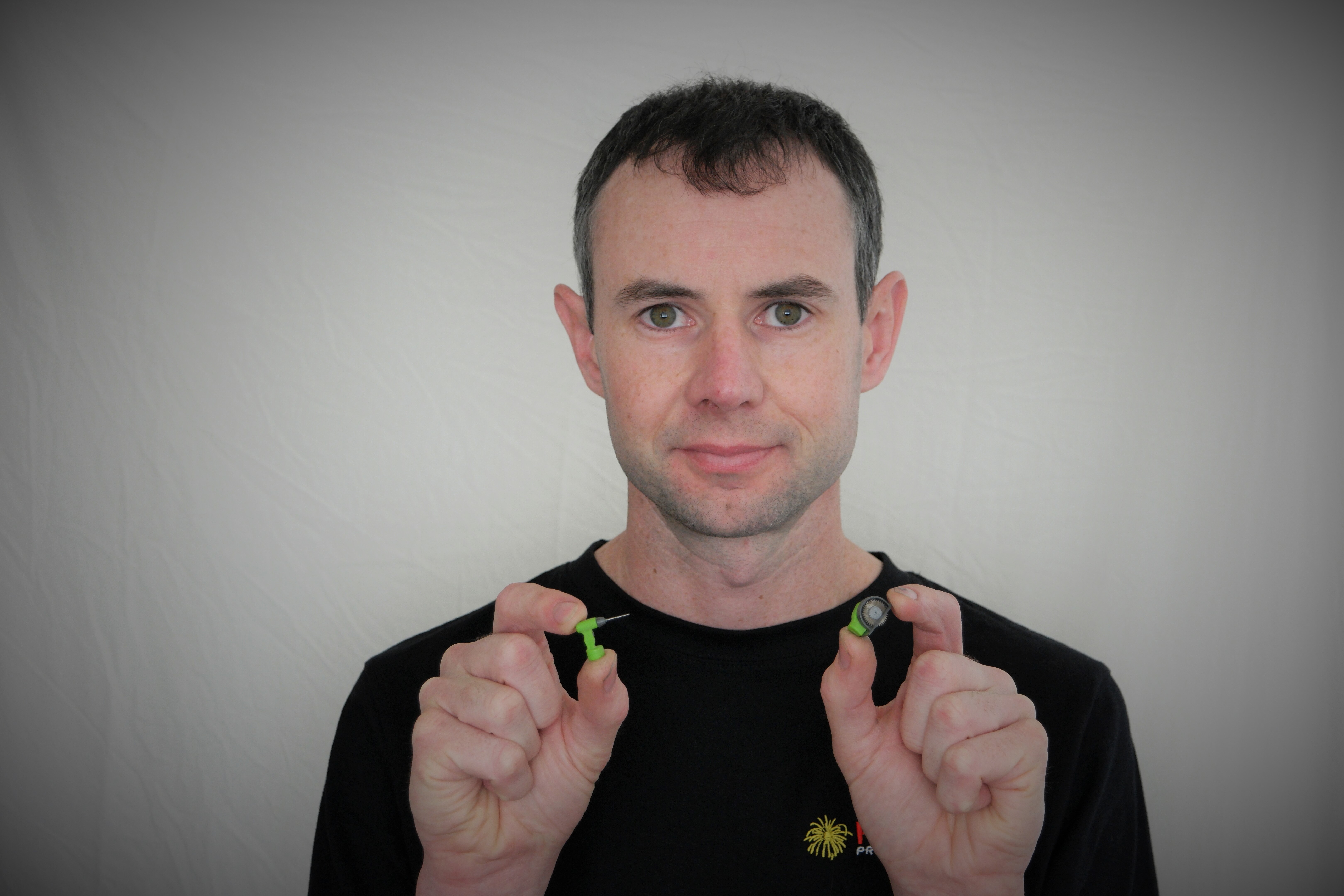
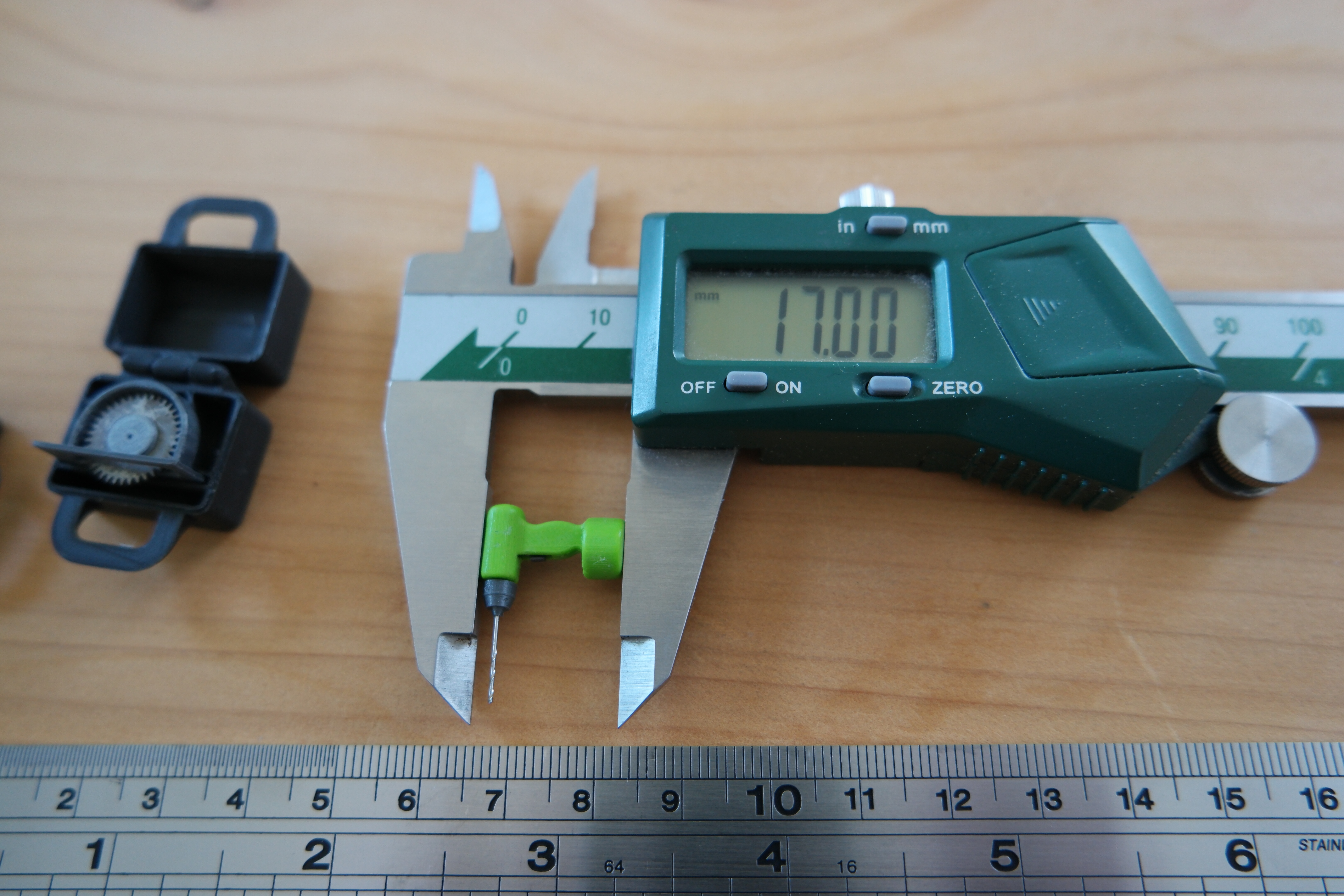
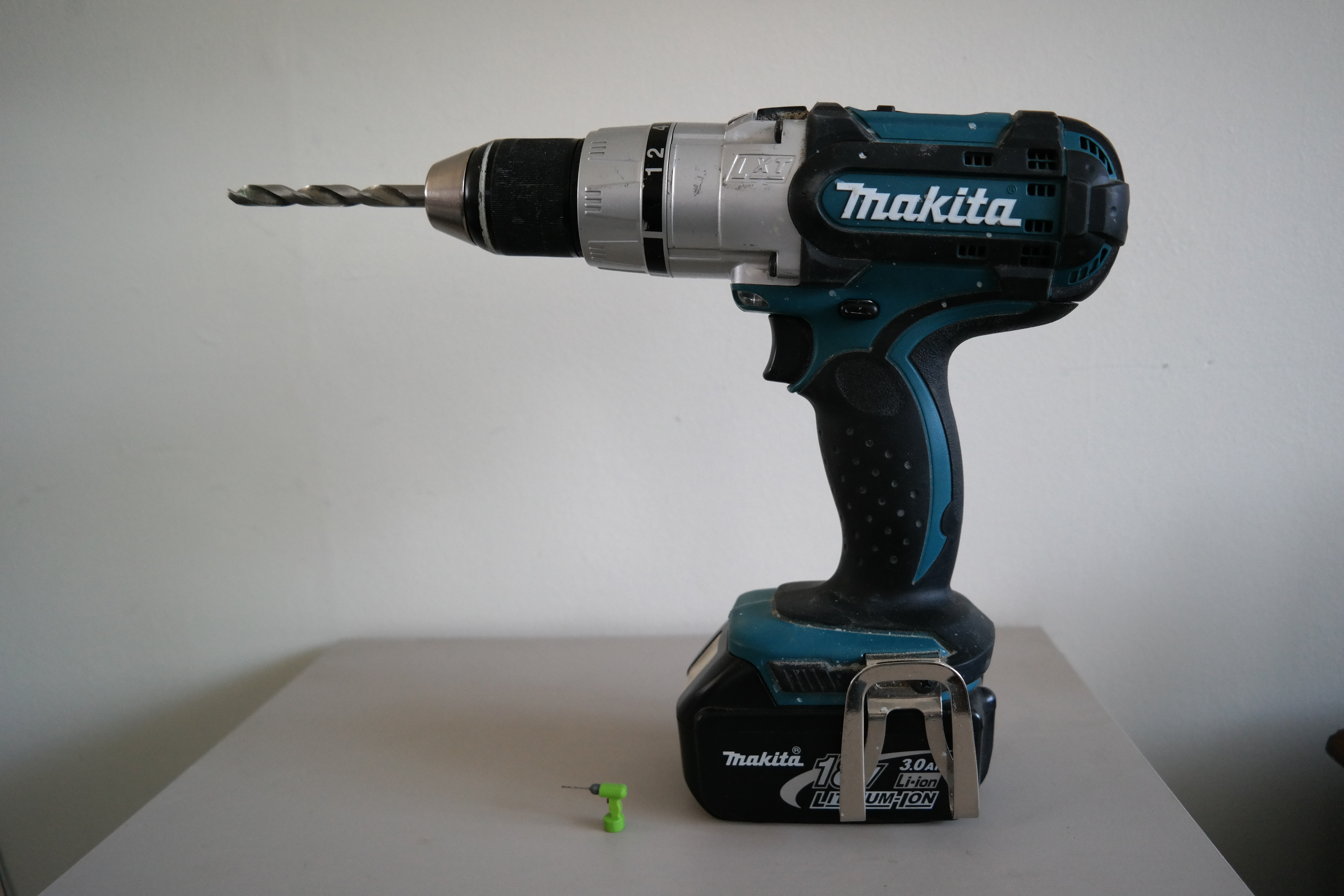
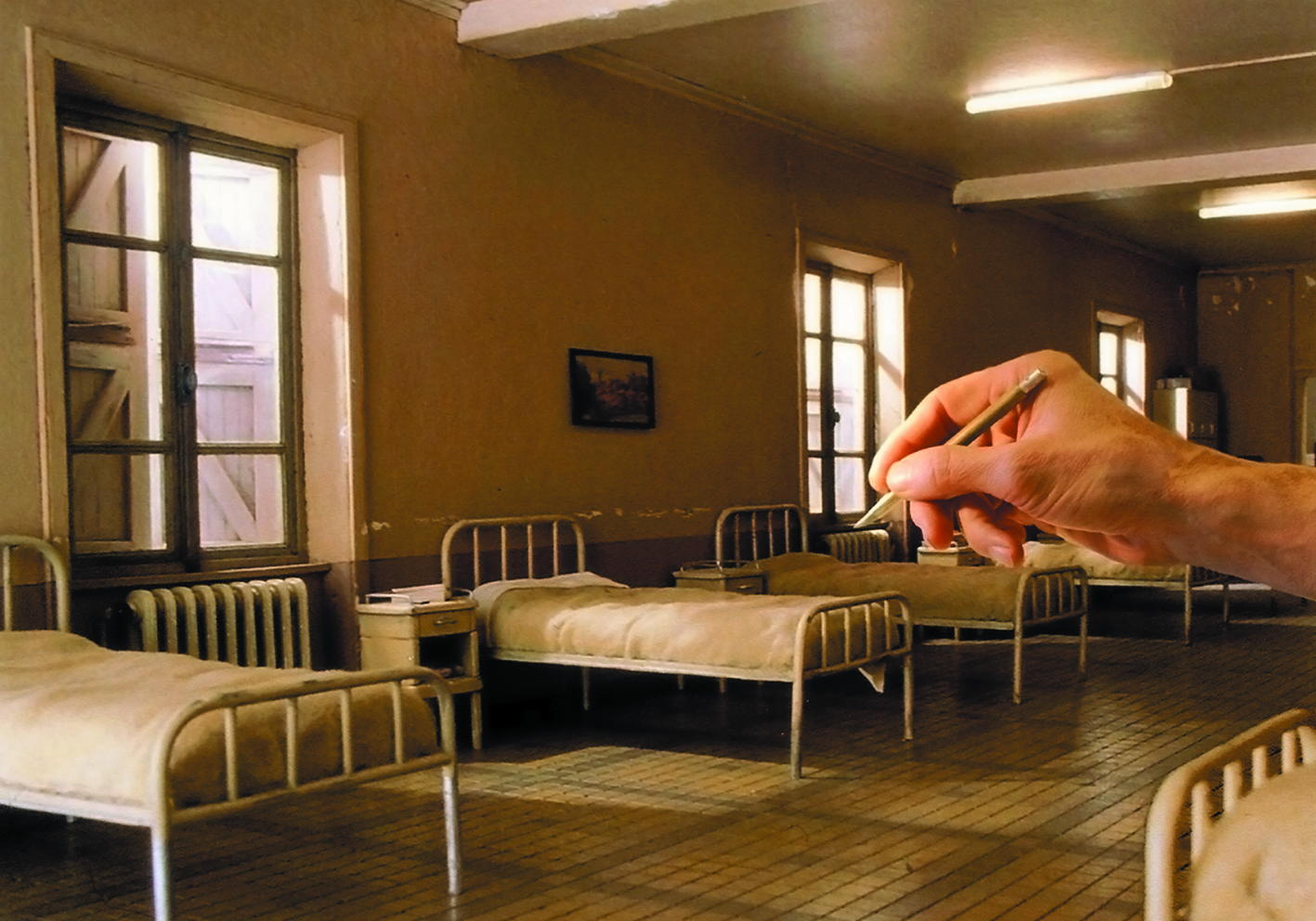
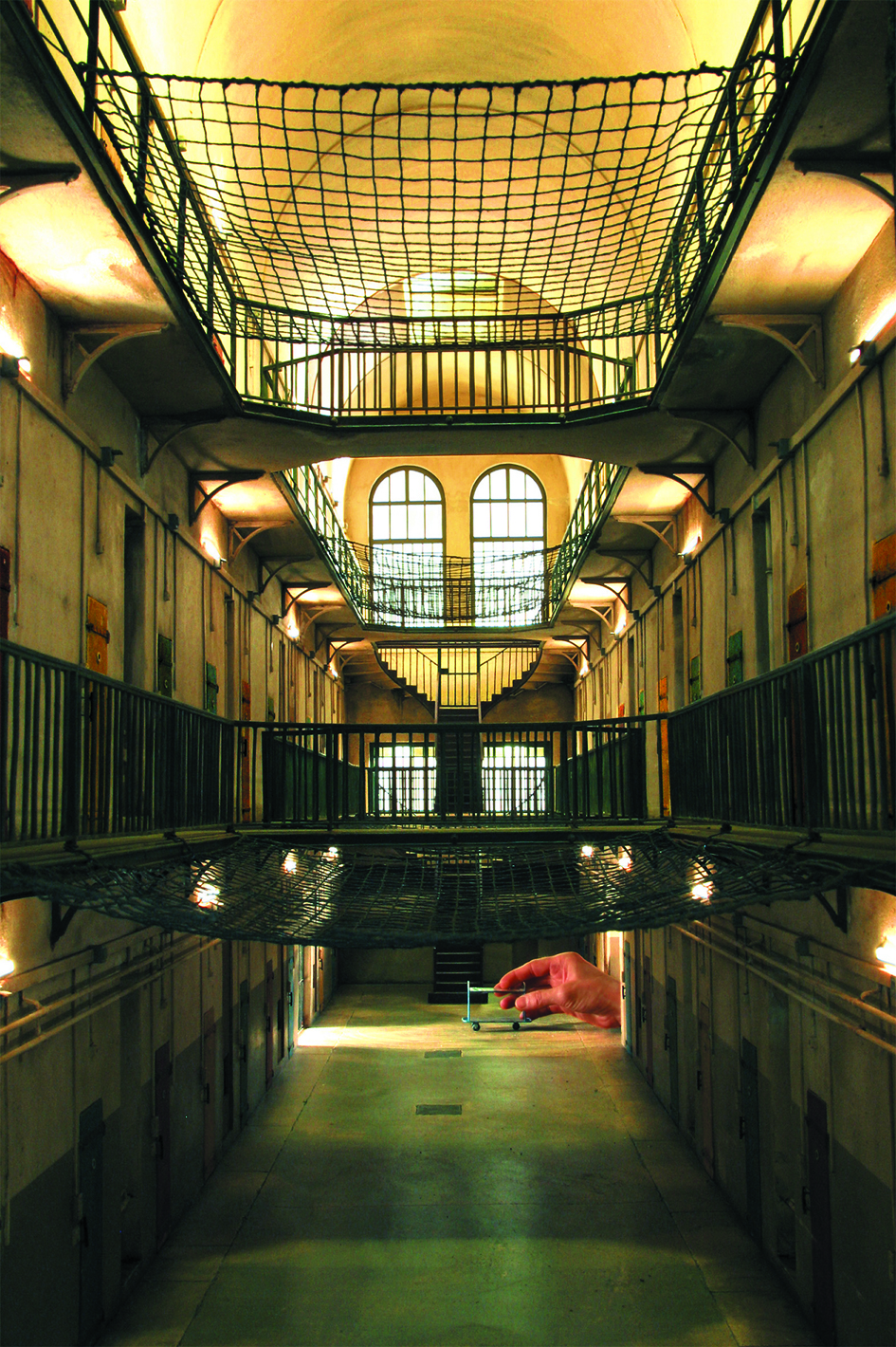
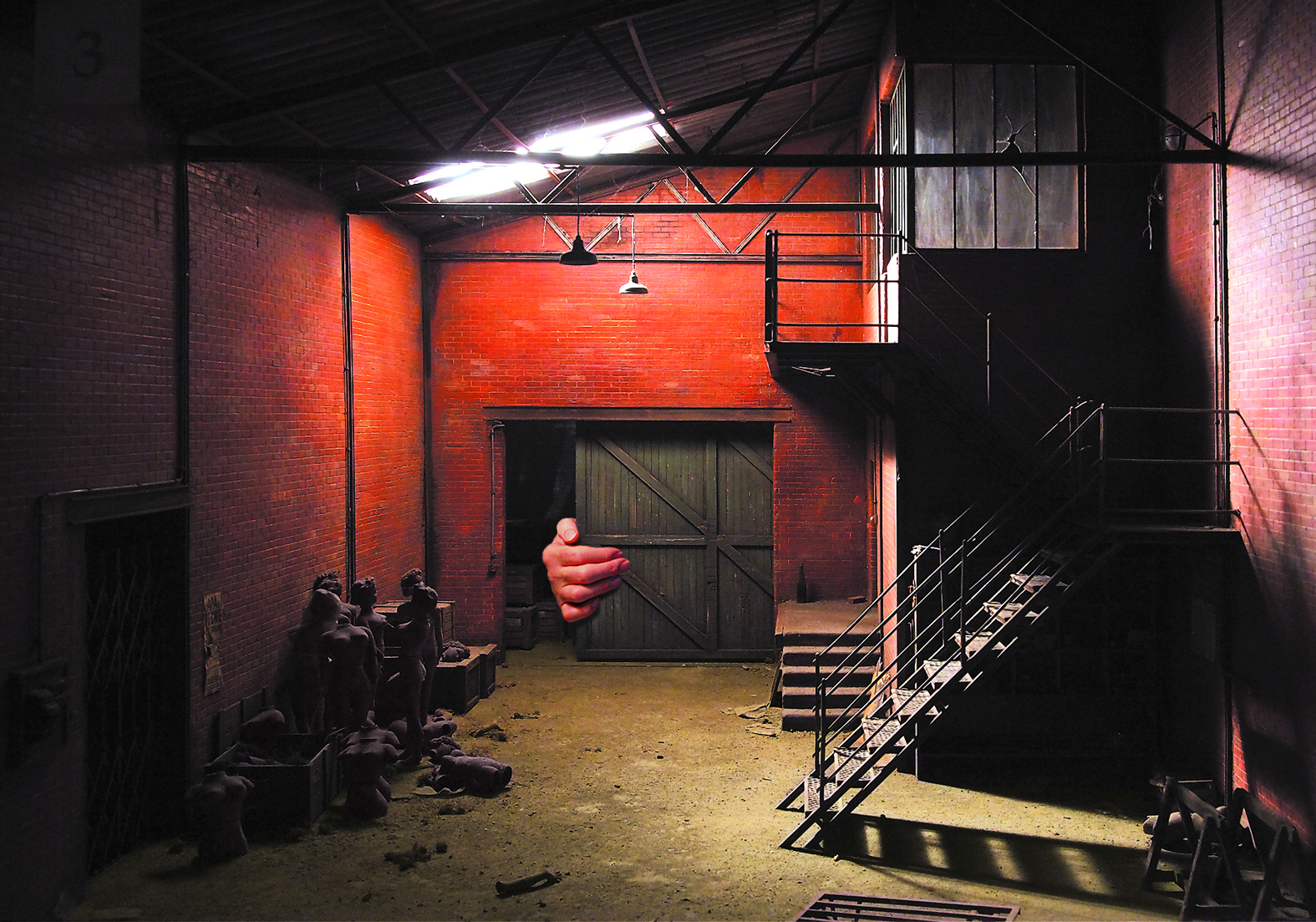

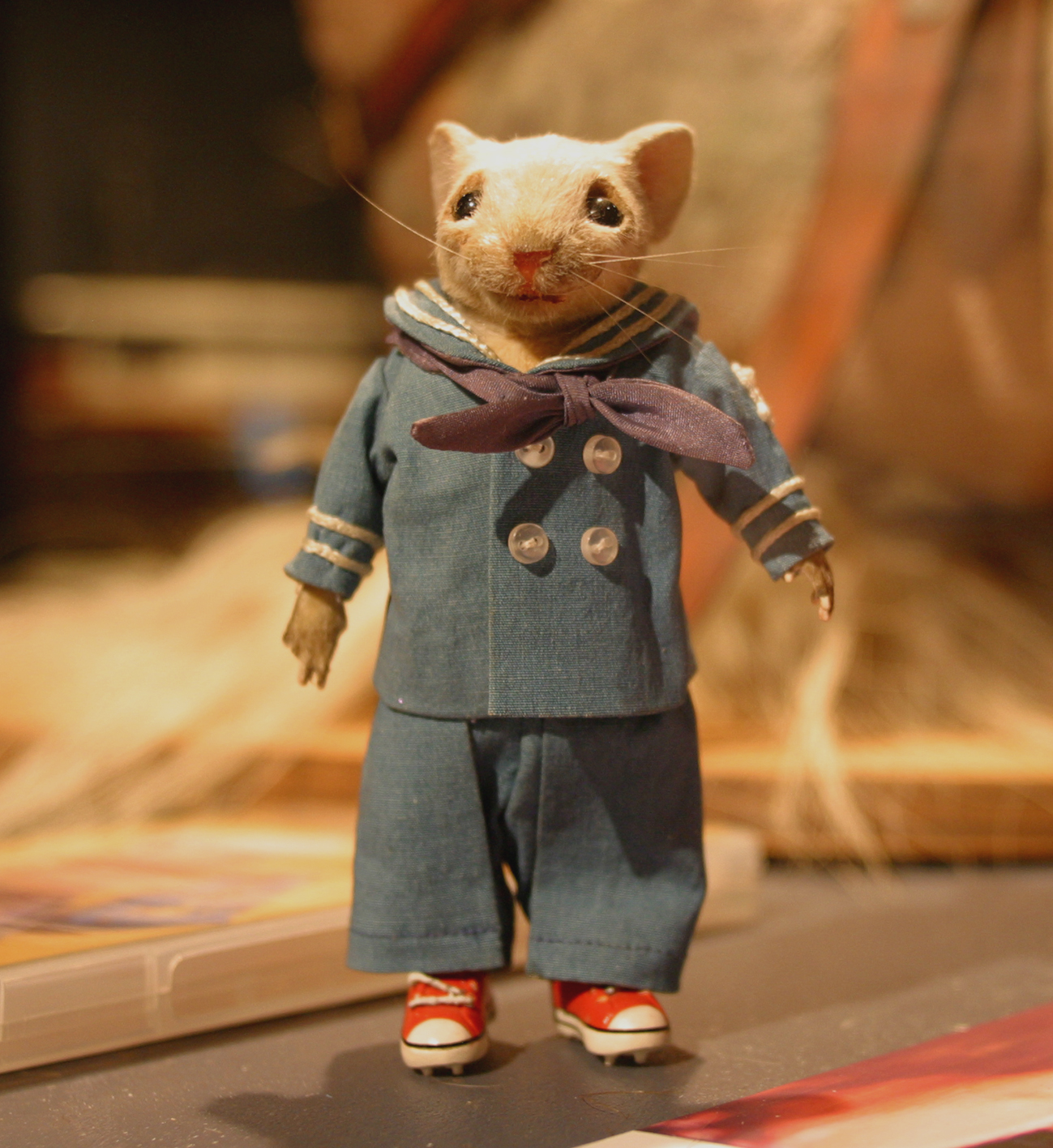
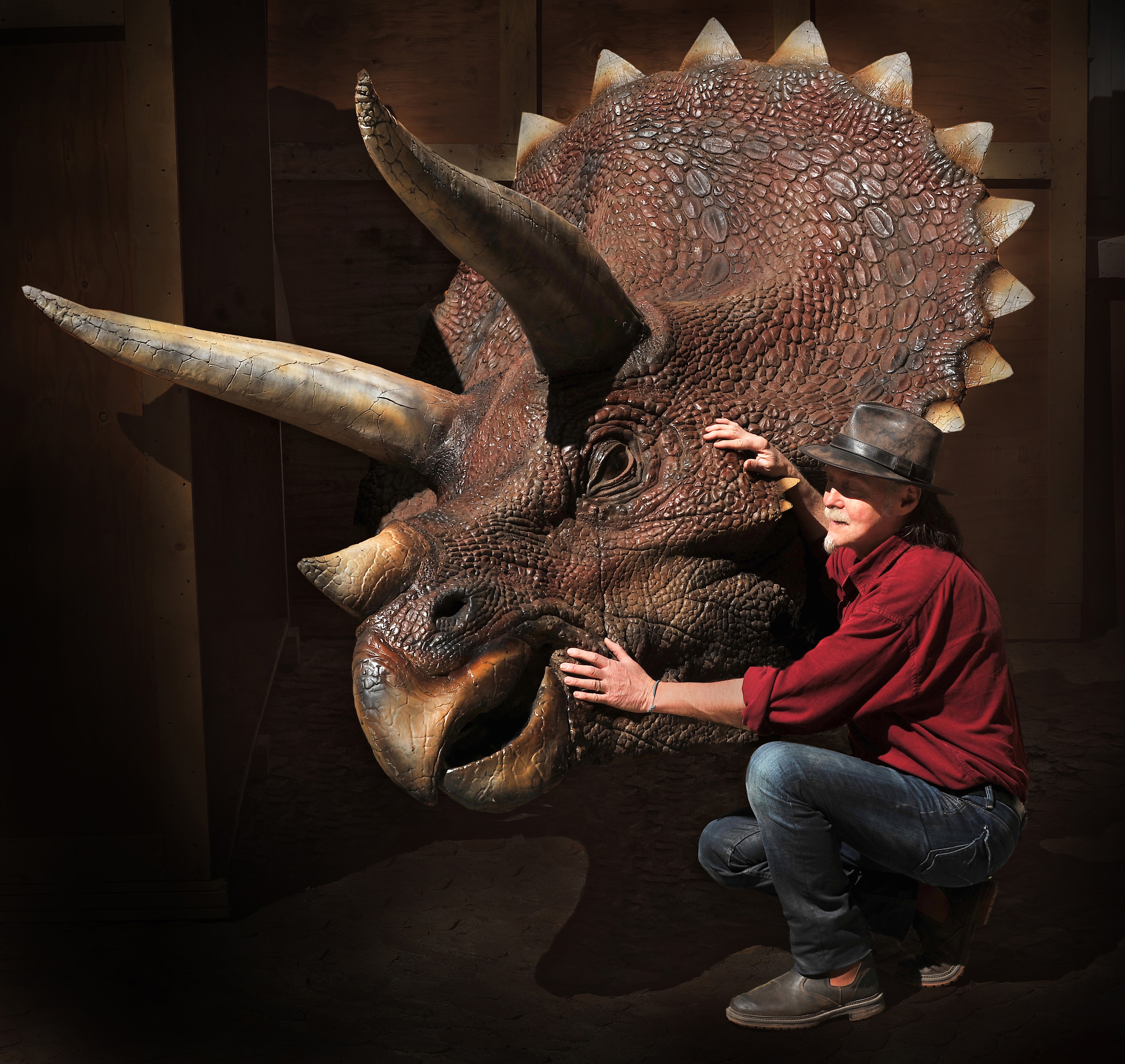
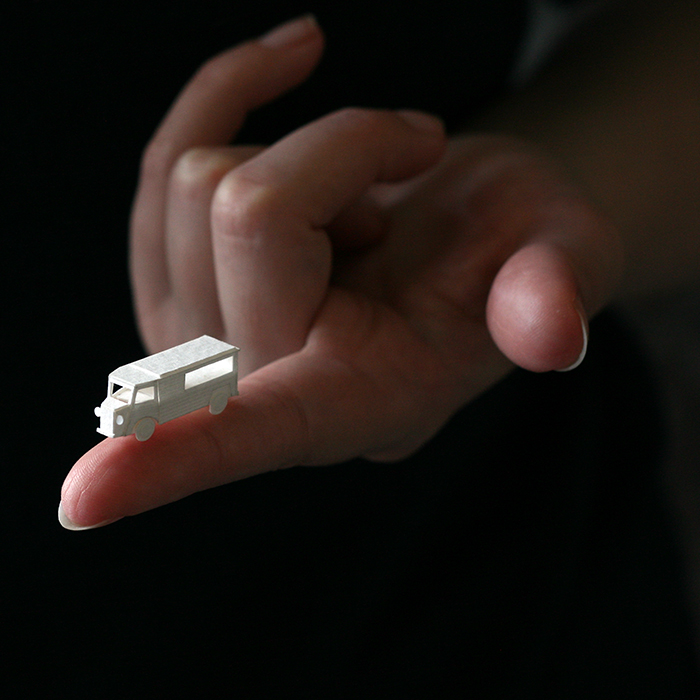
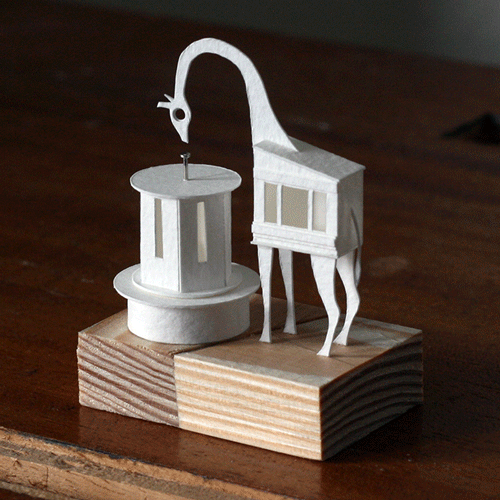
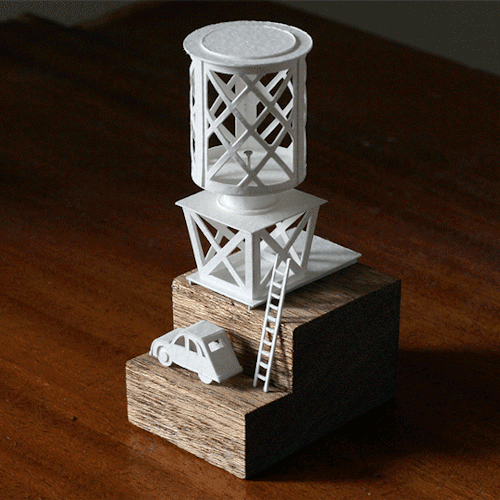 Even with just a few days to go before the one year mark, I’m still not sure about whether I’m going to carry on or not. I feel like a year of models would be a good block of work and
Even with just a few days to go before the one year mark, I’m still not sure about whether I’m going to carry on or not. I feel like a year of models would be a good block of work and 